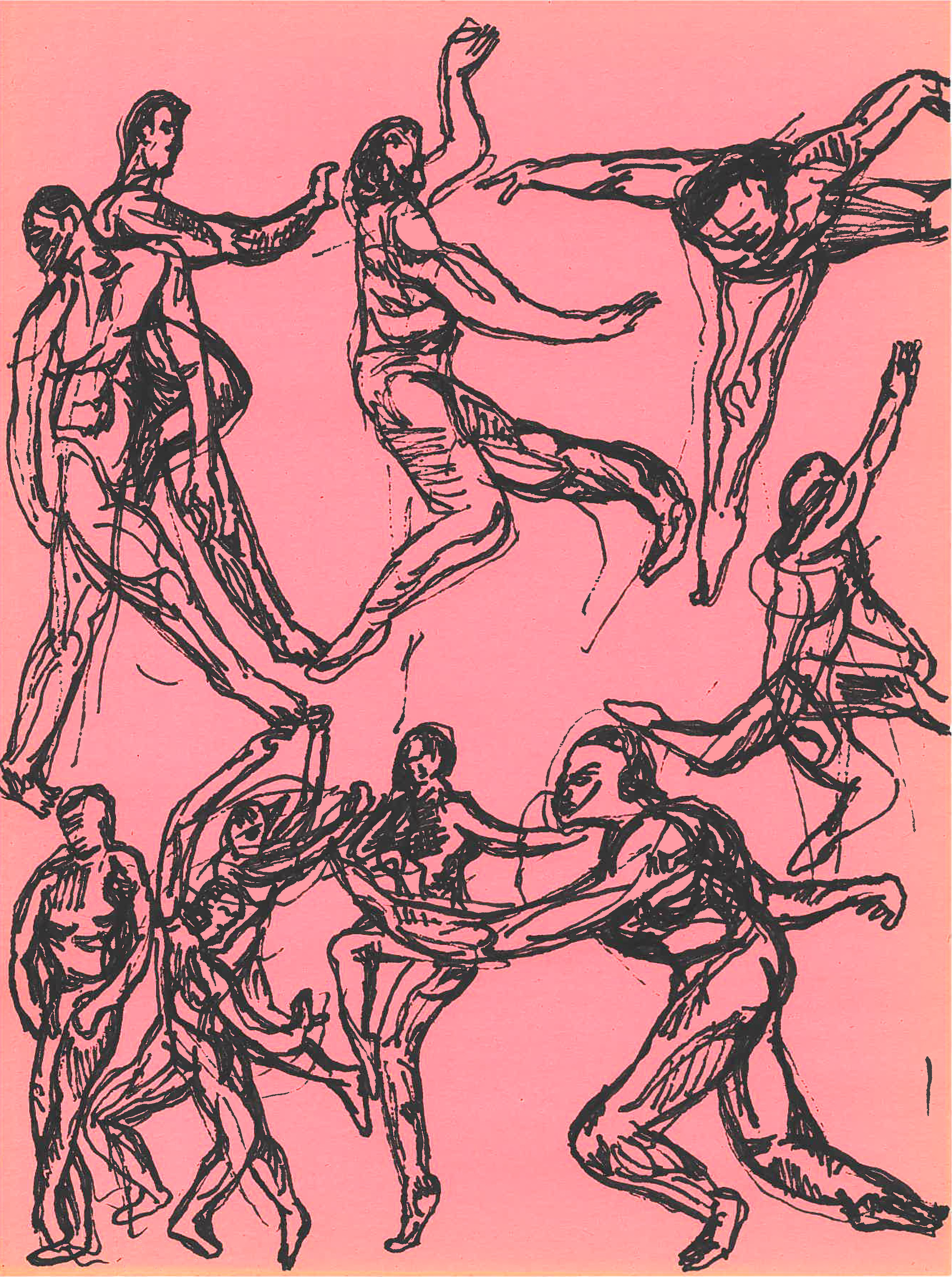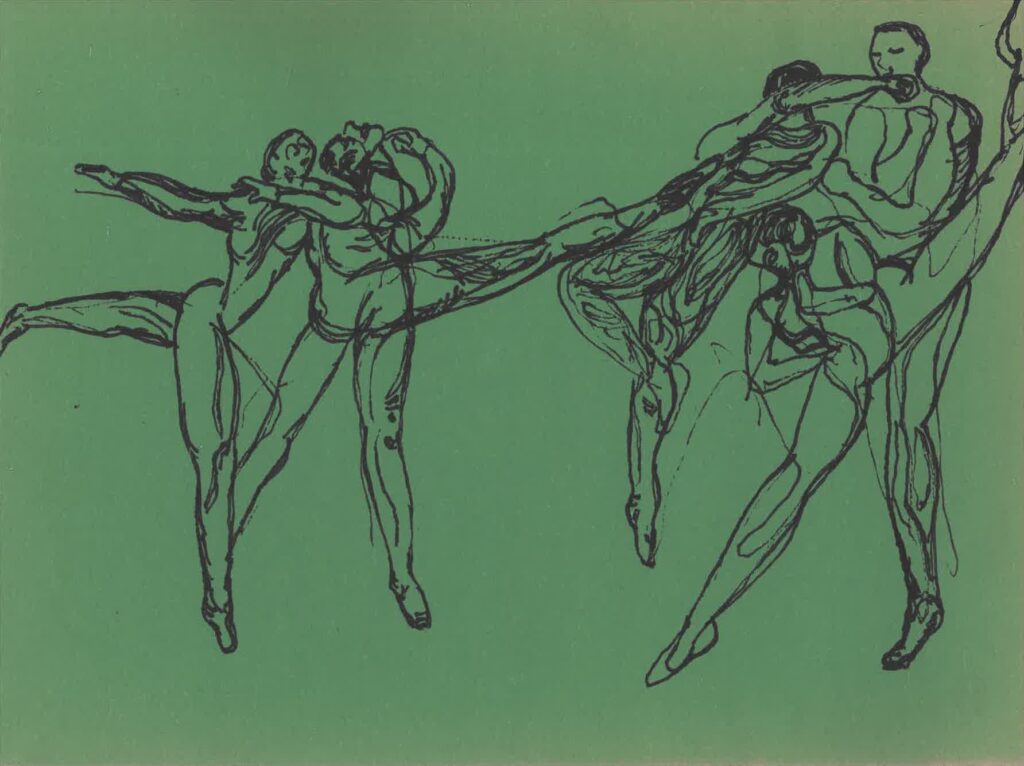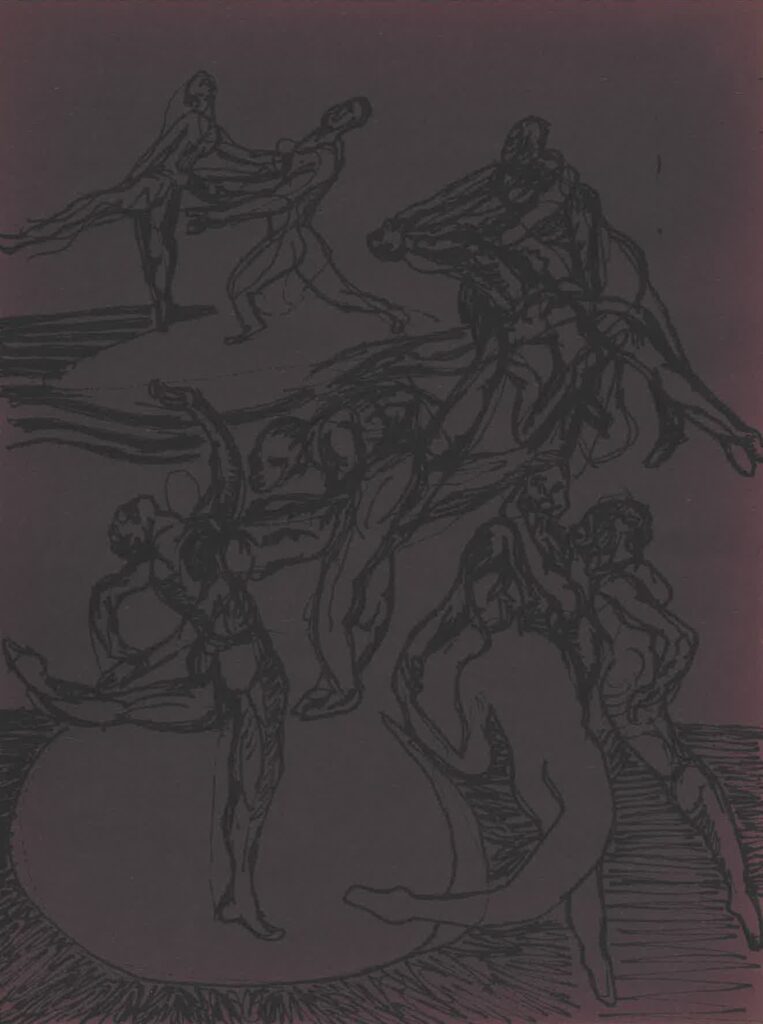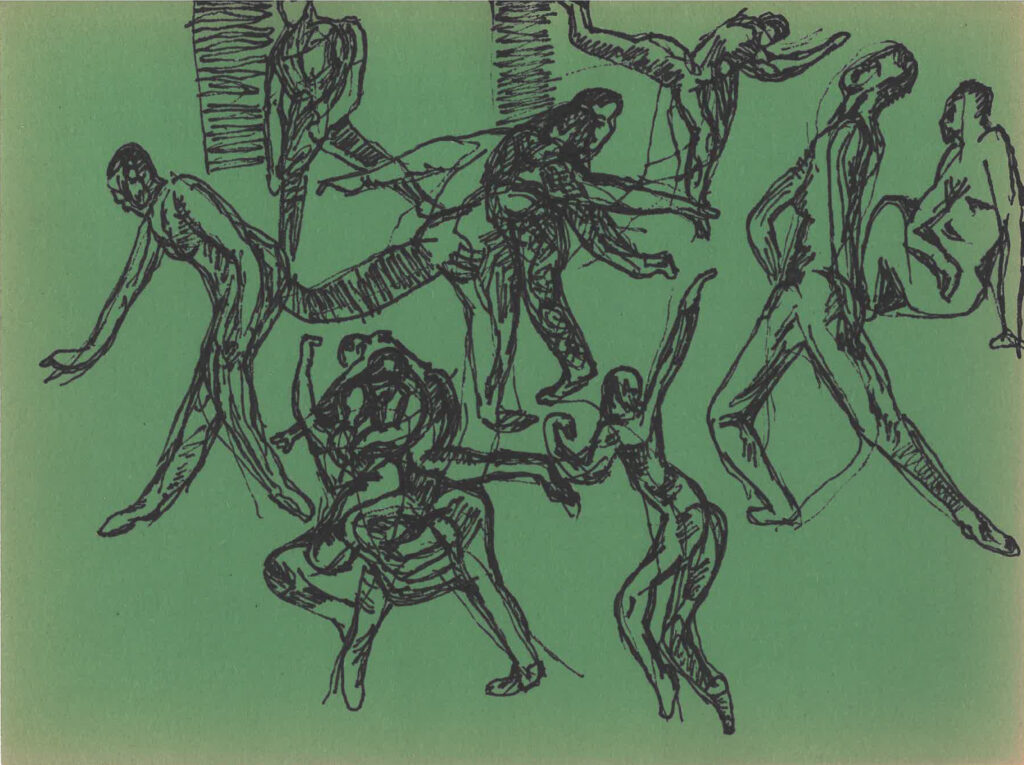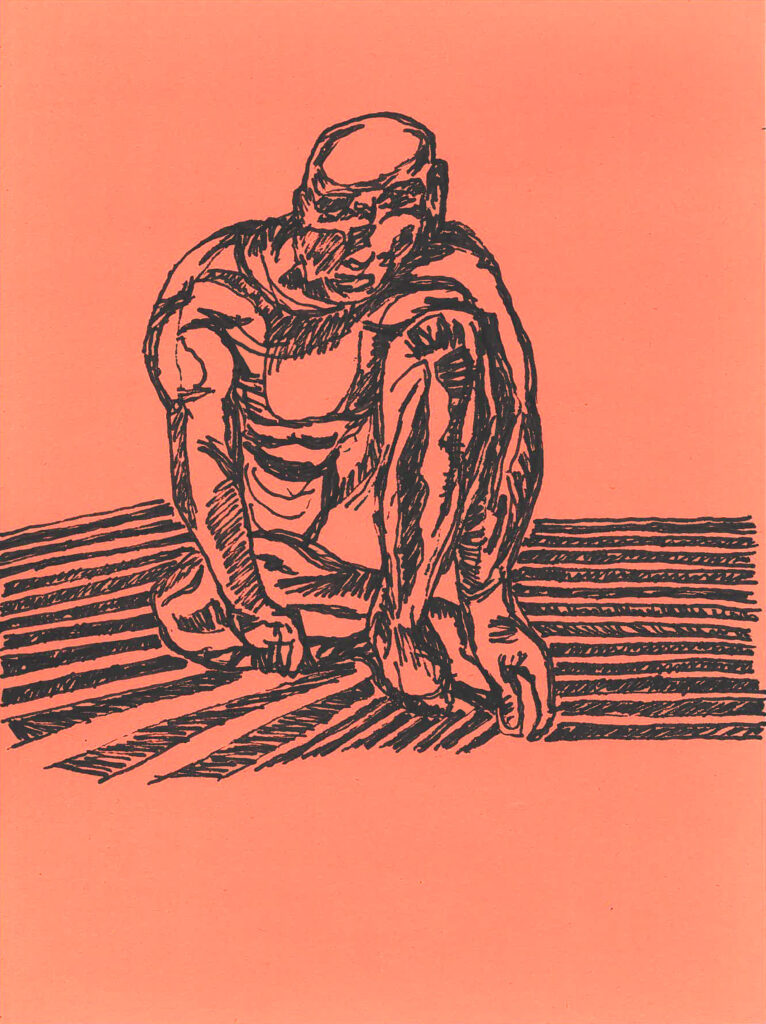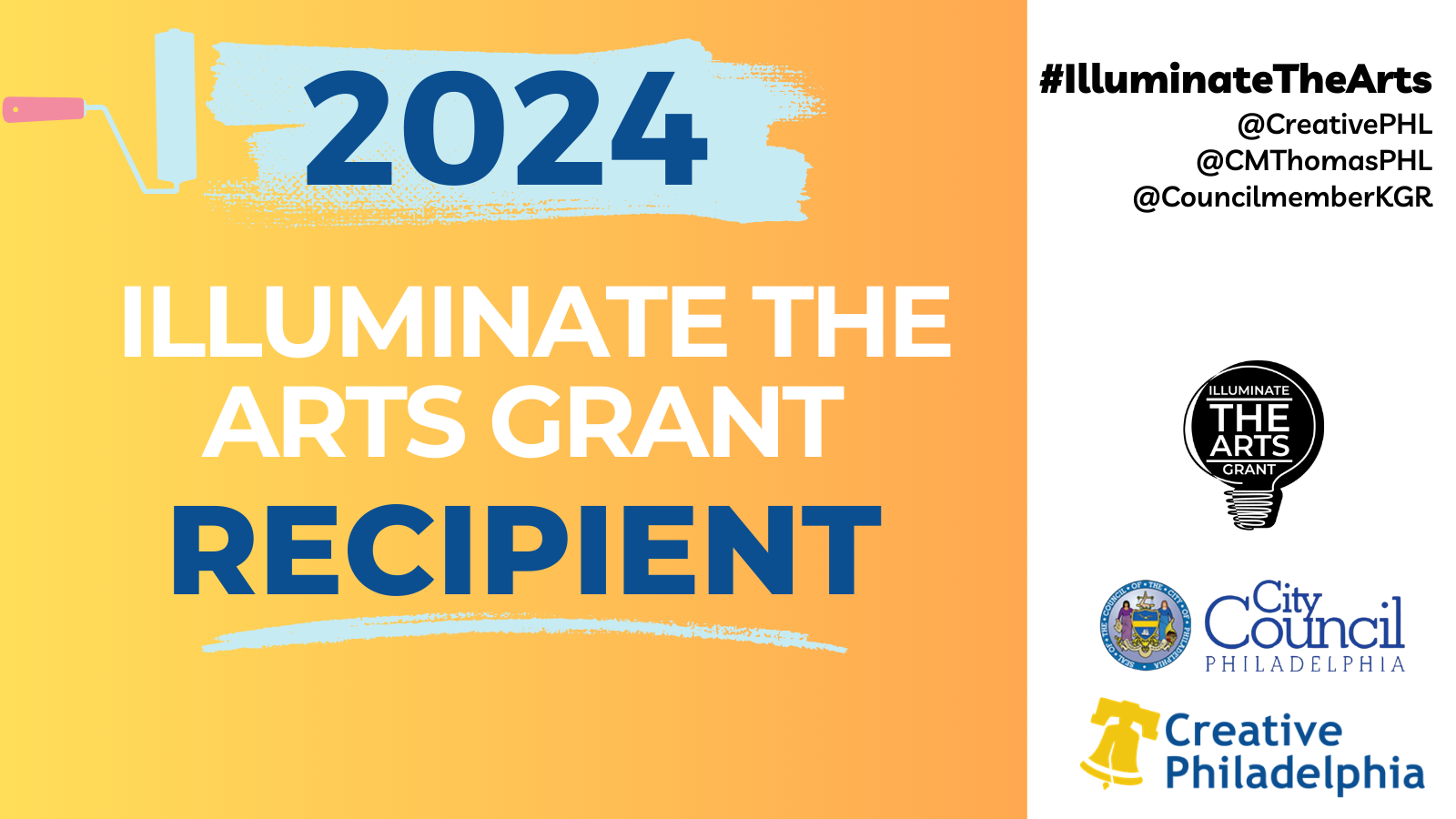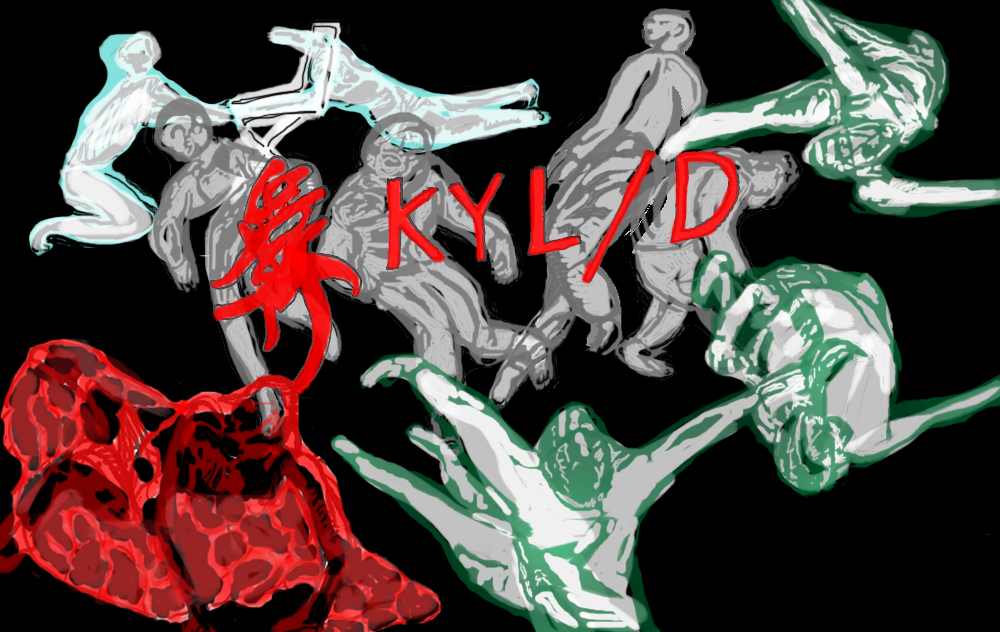
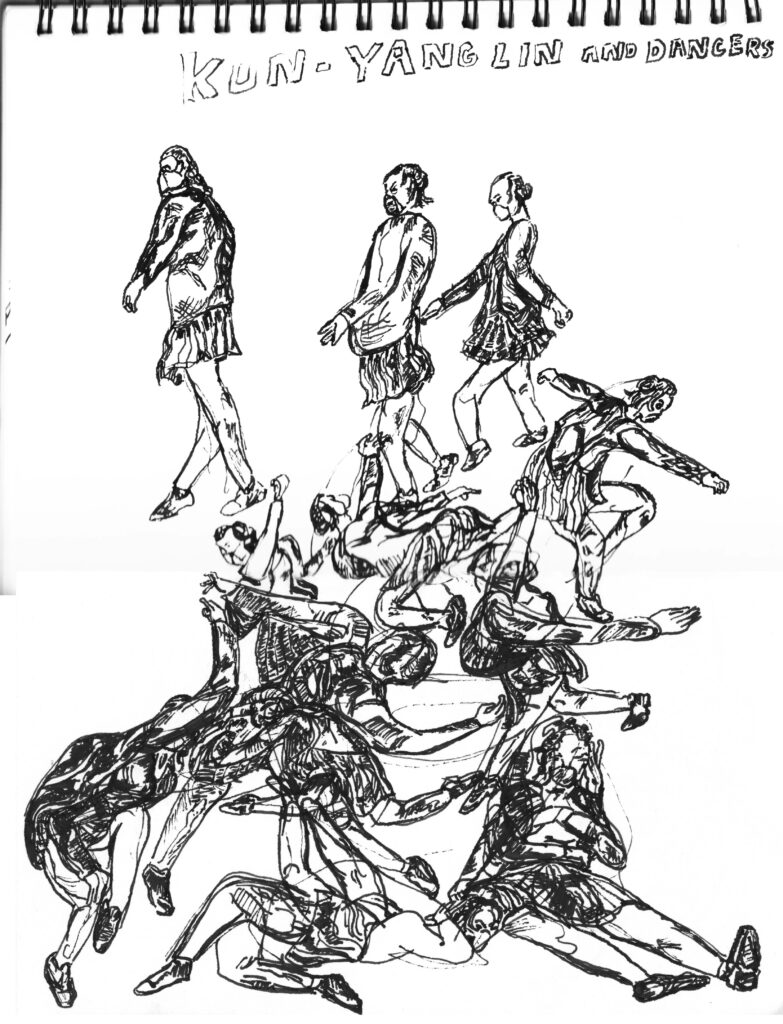
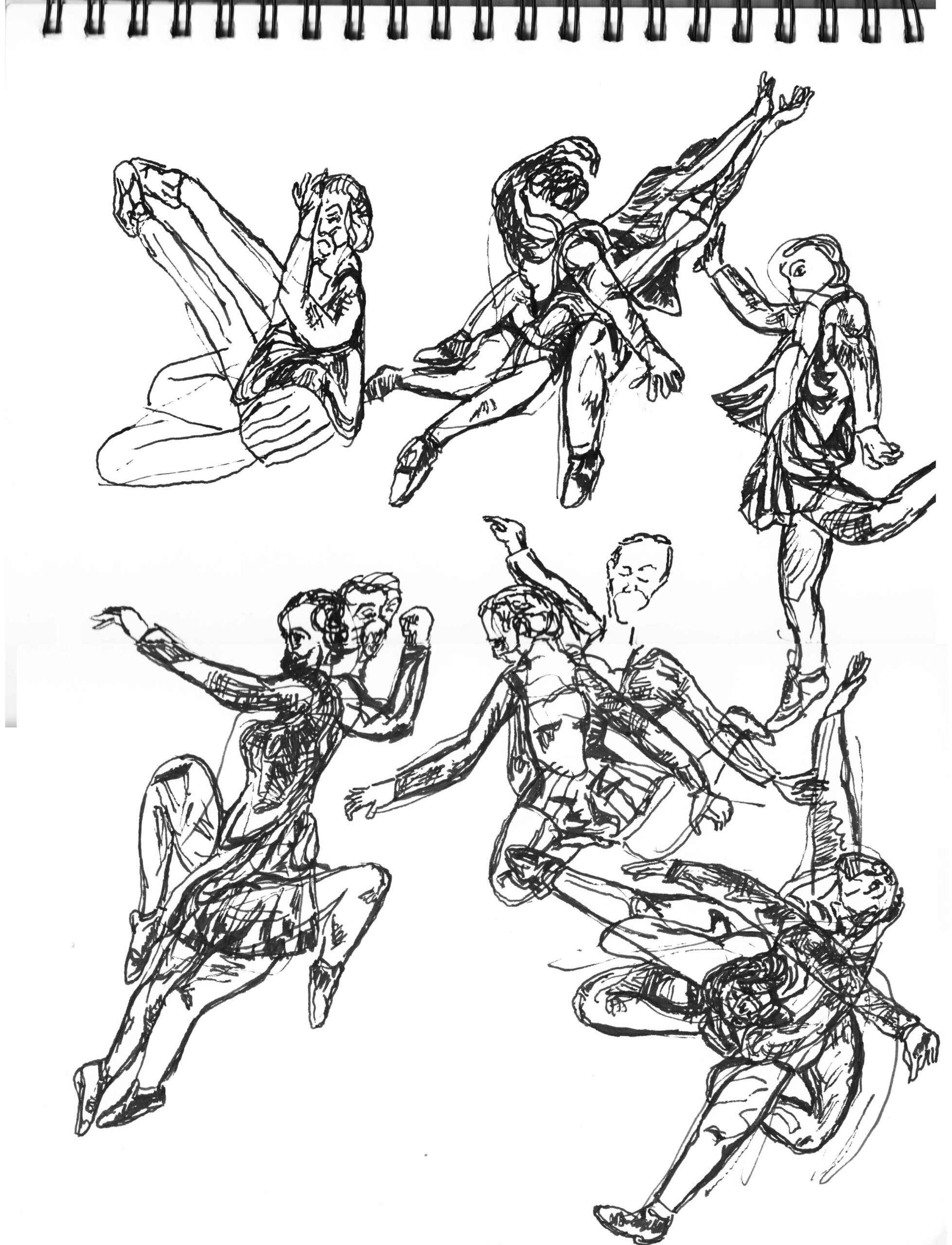
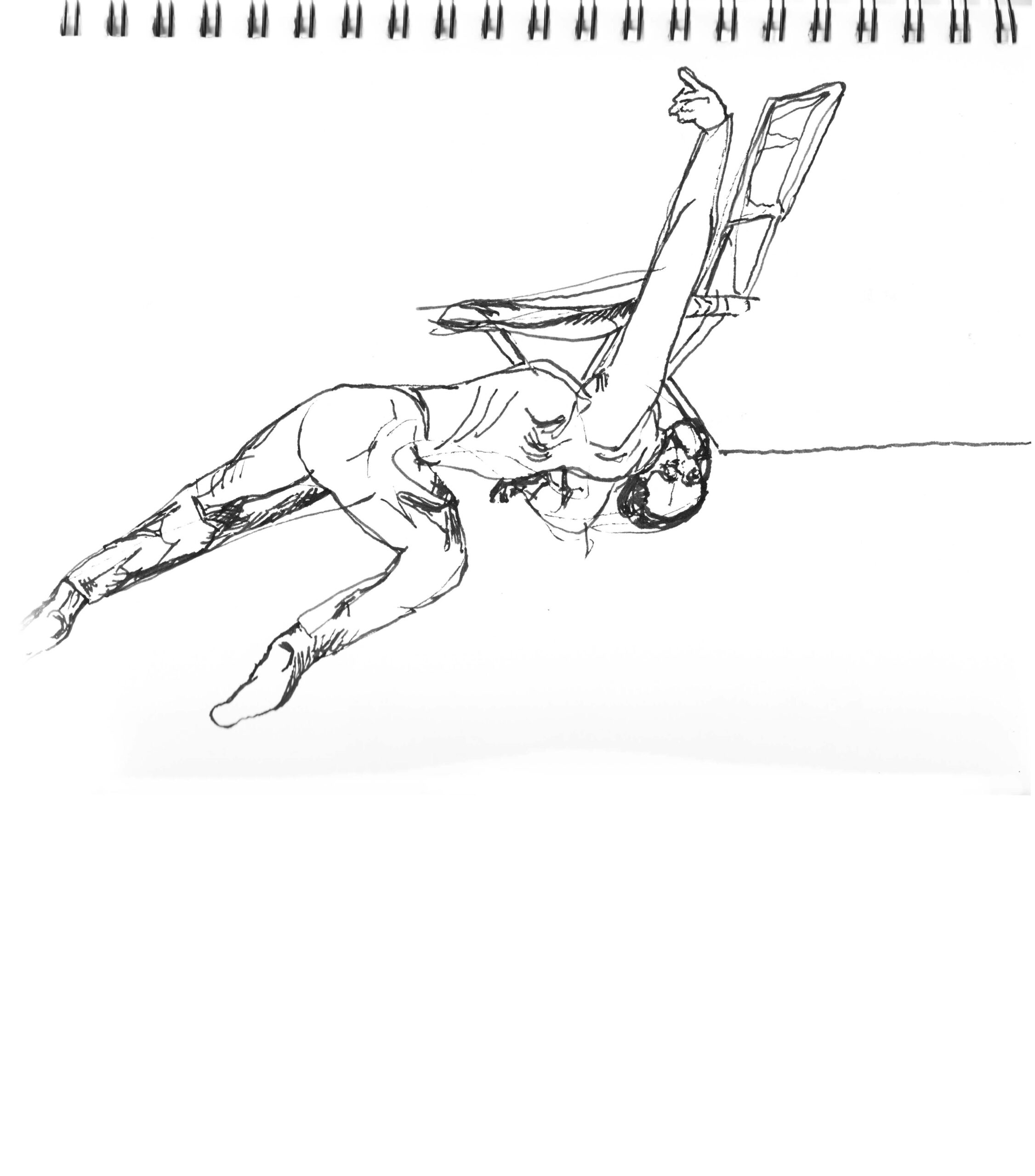
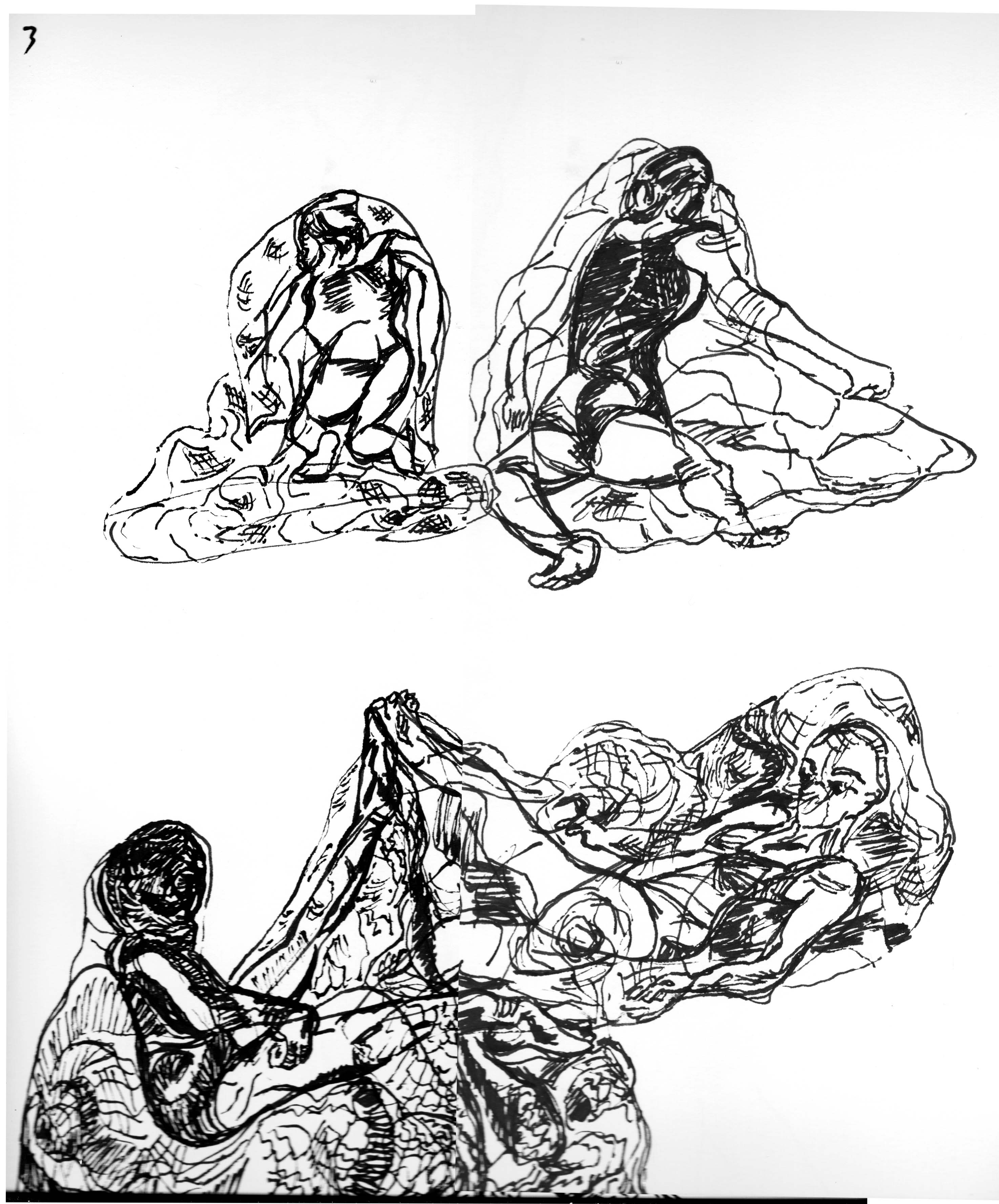
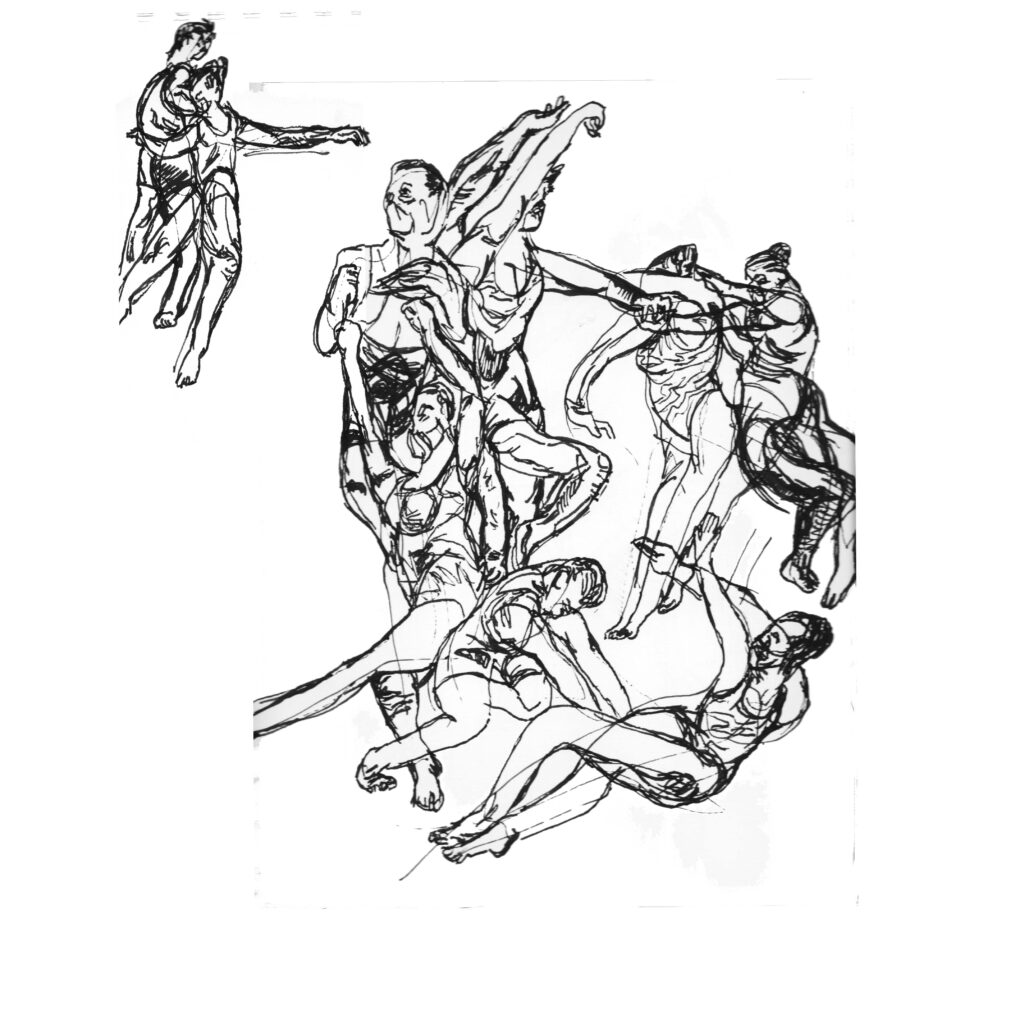
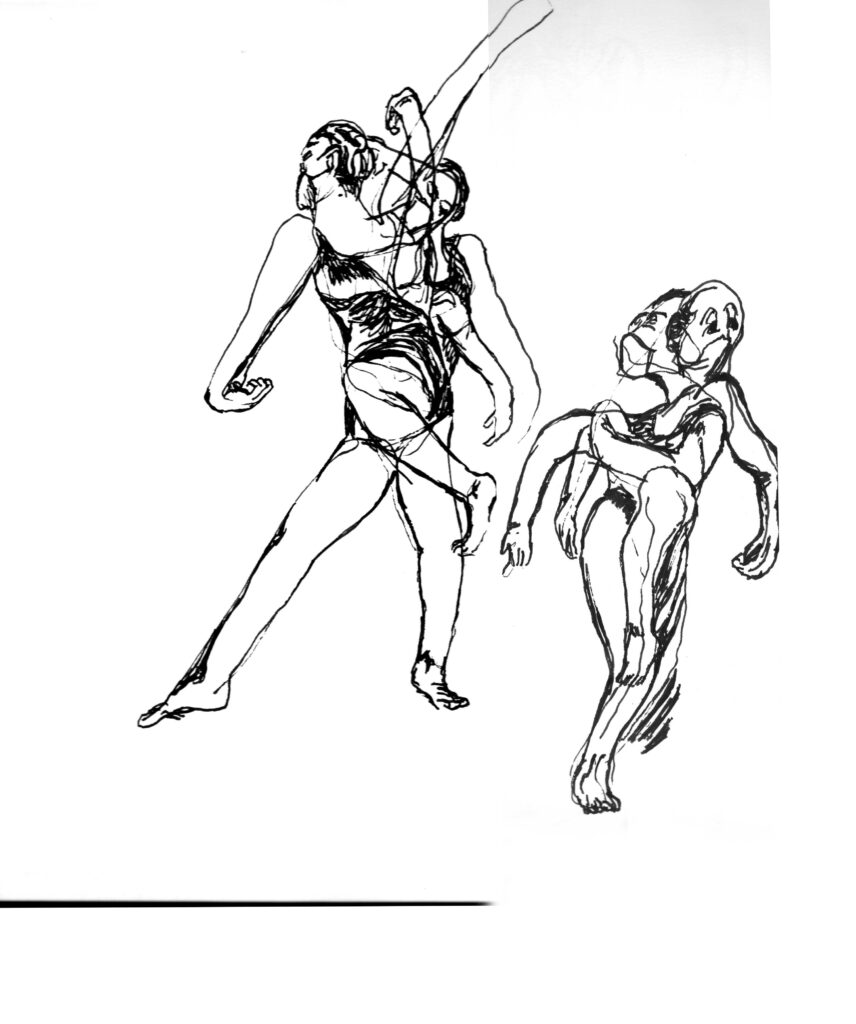

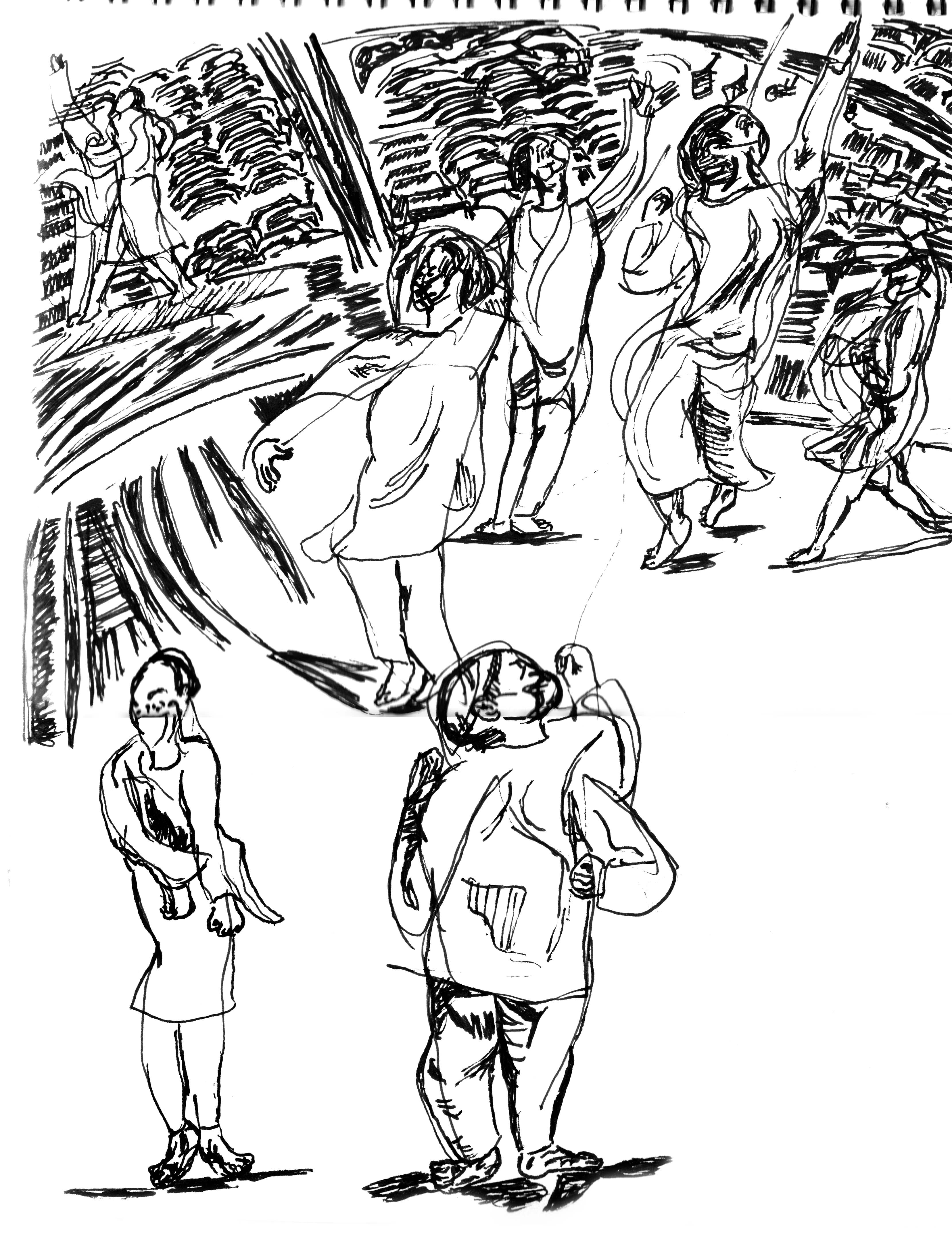
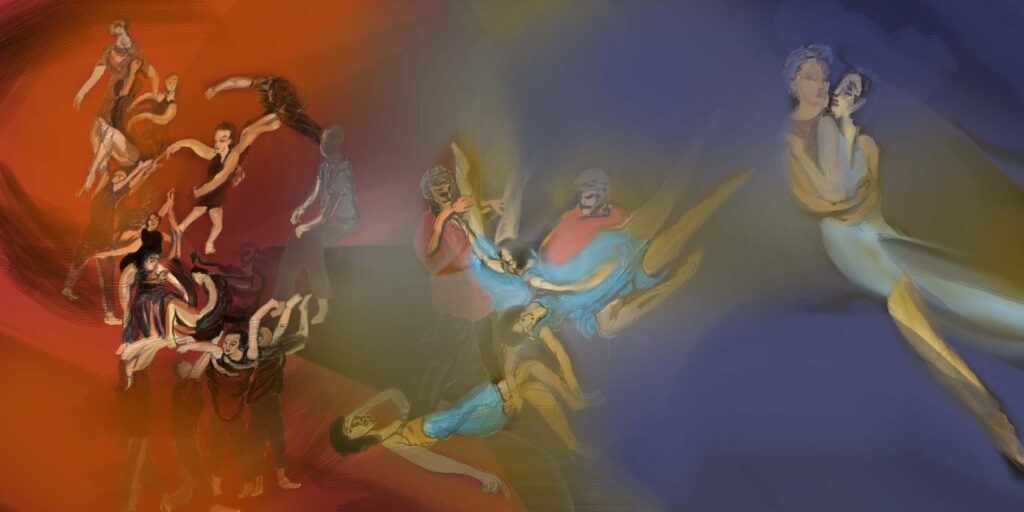
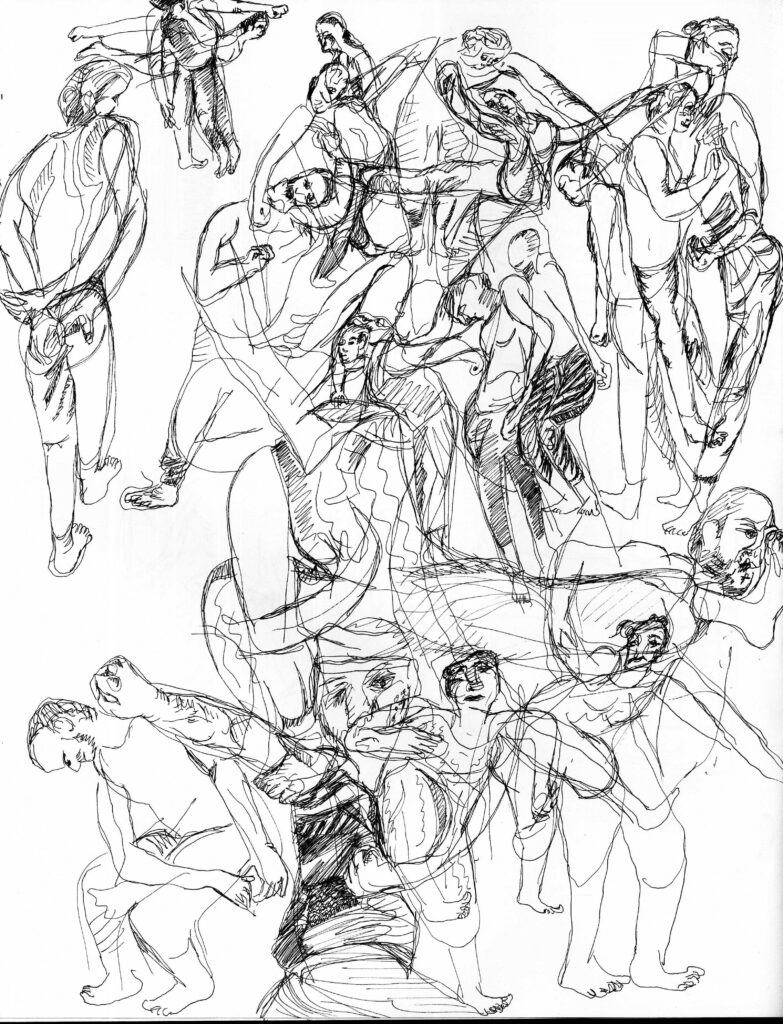
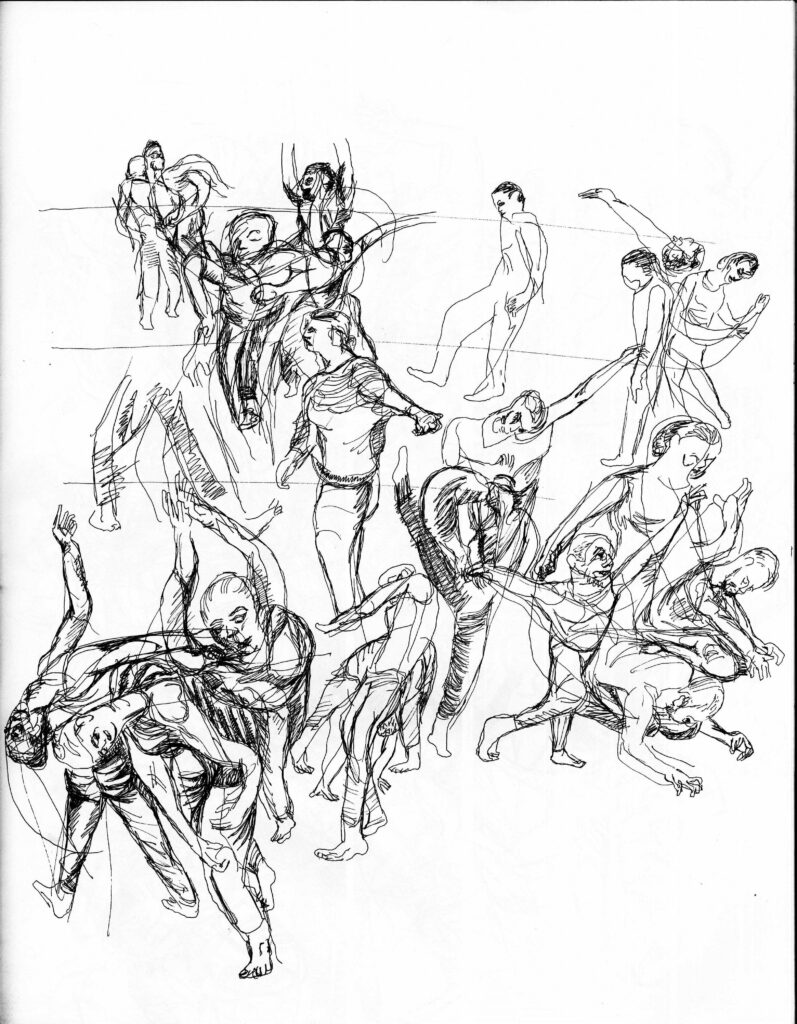
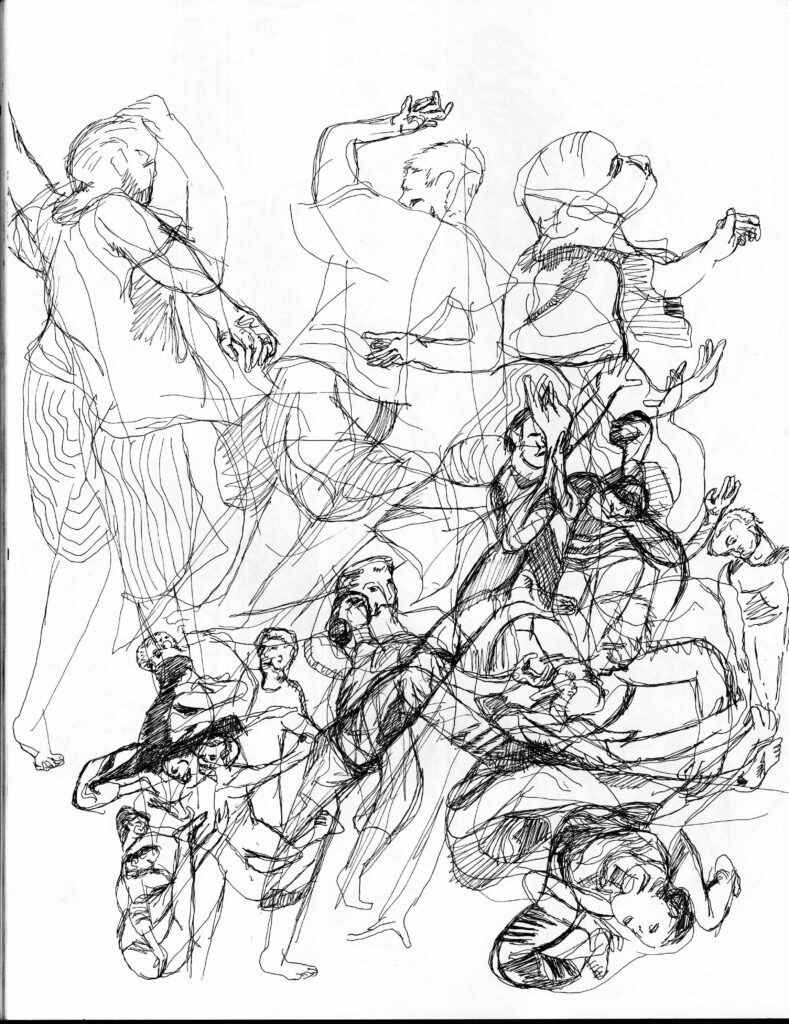
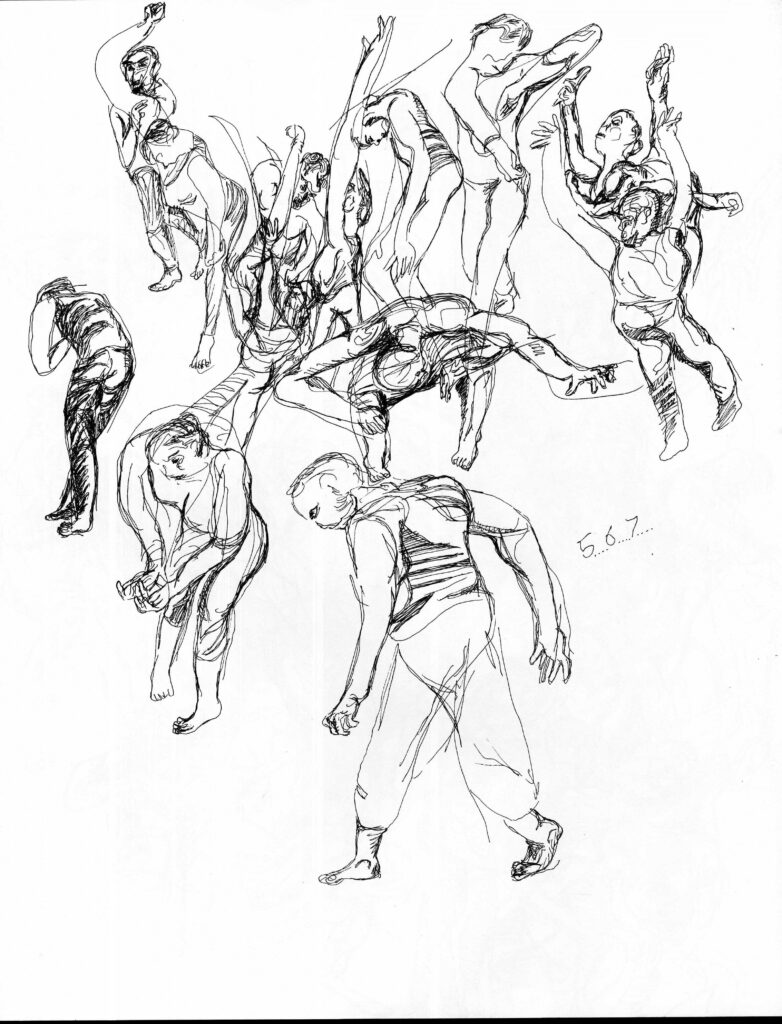
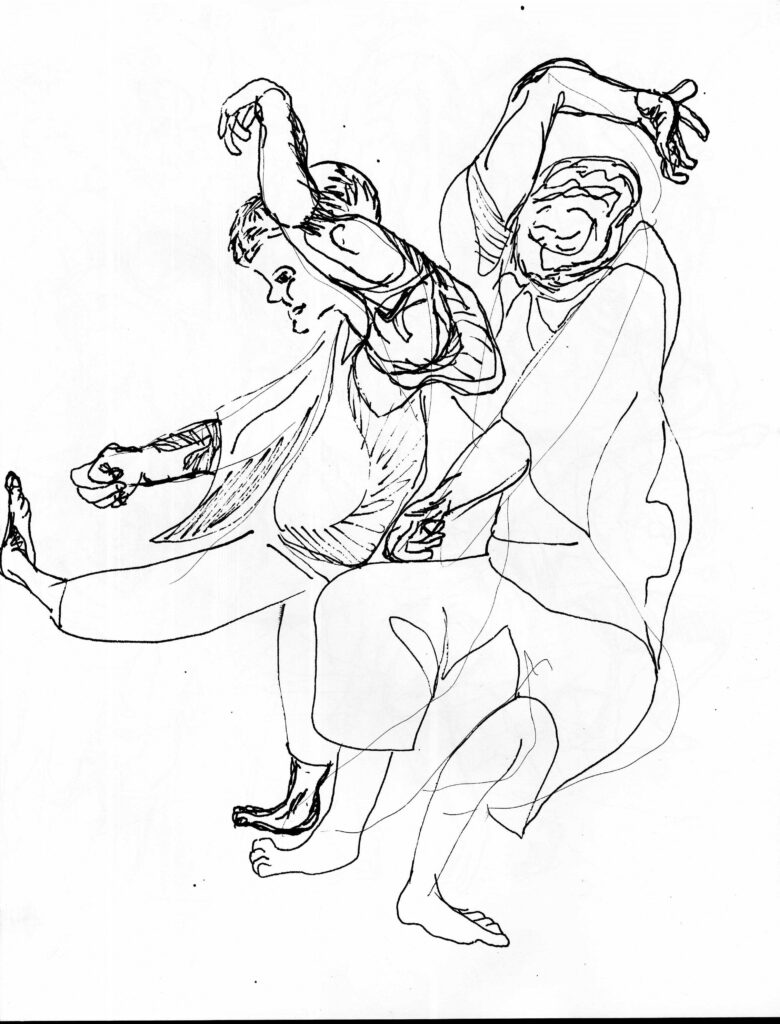
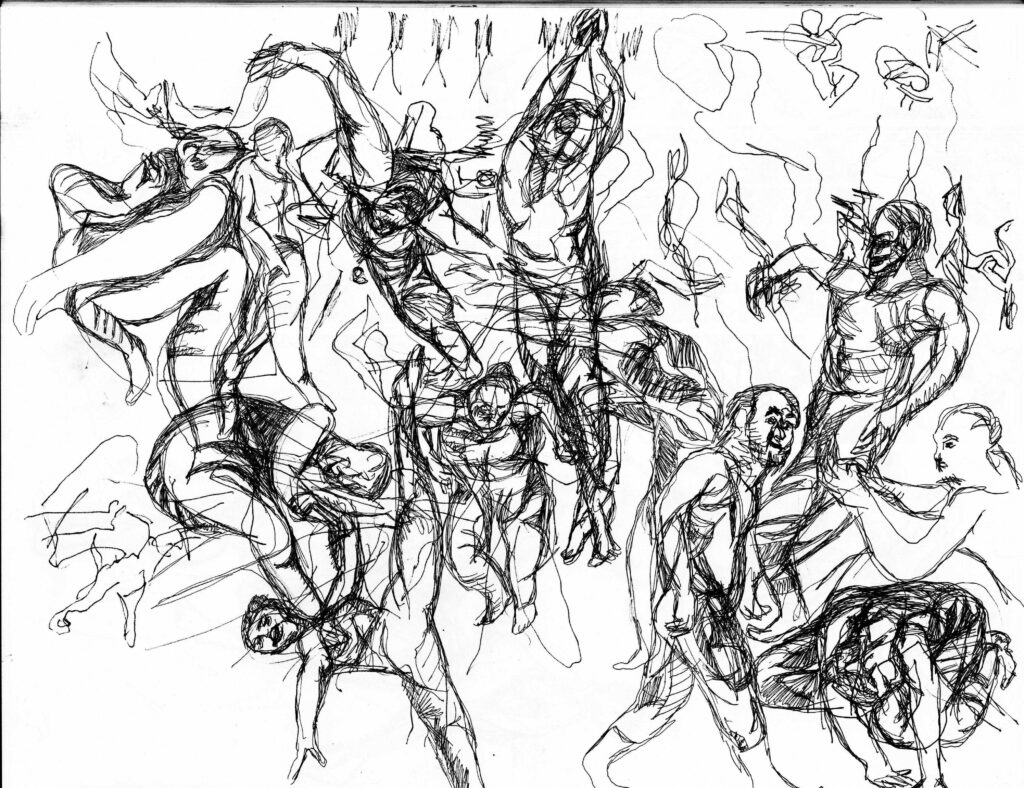
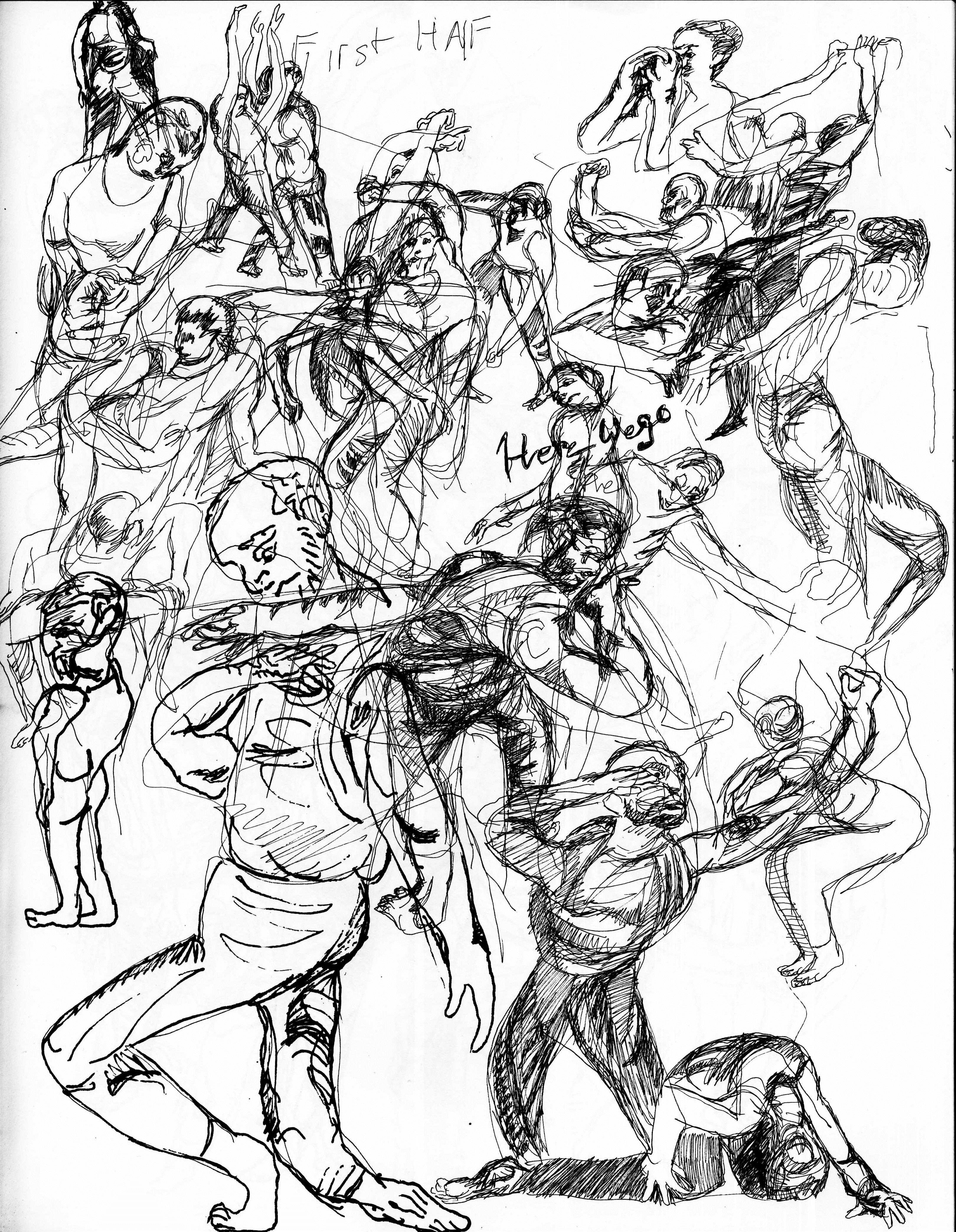
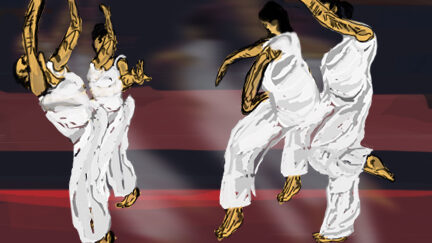
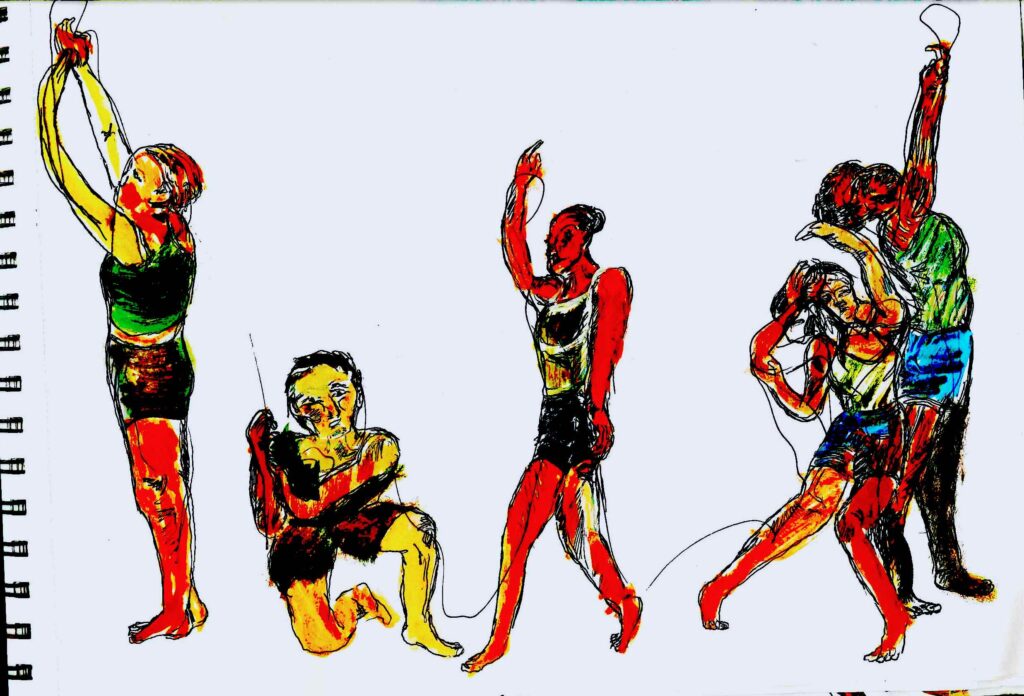
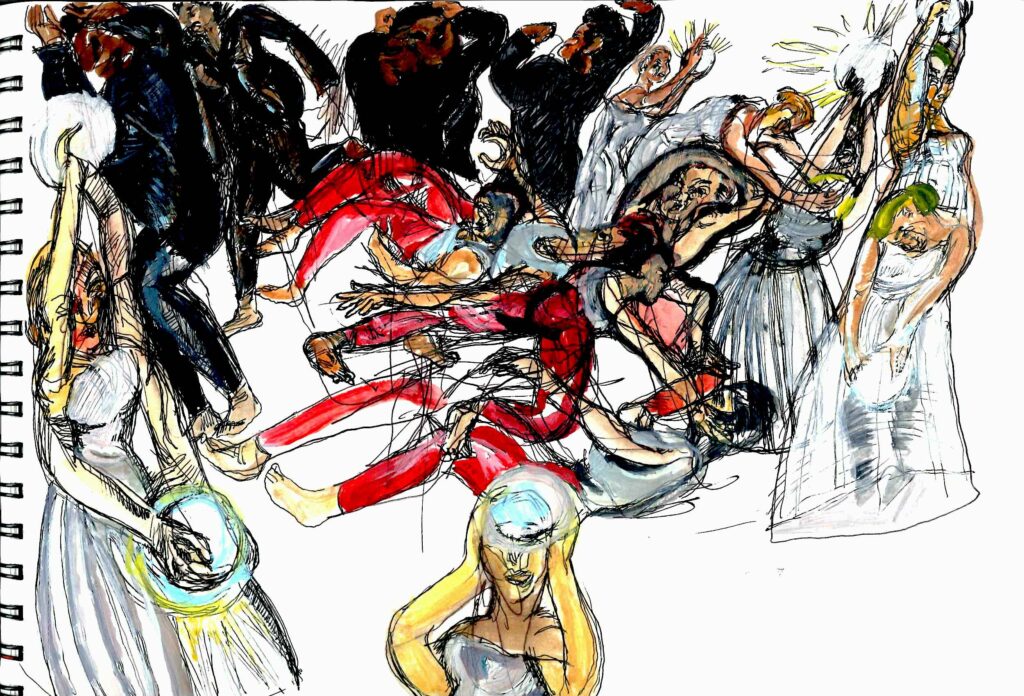
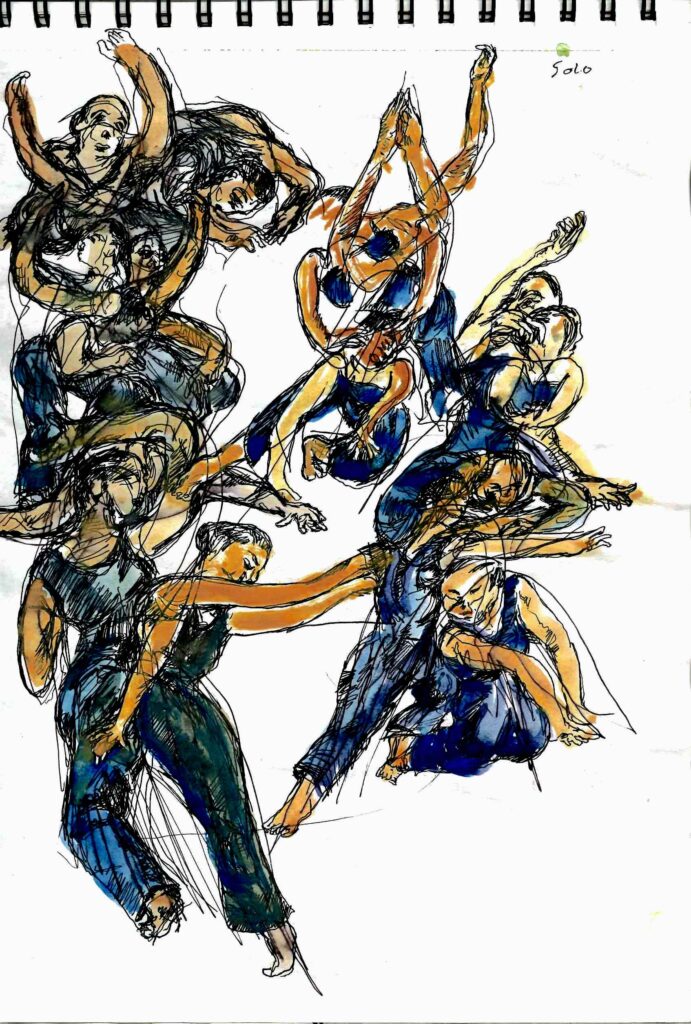
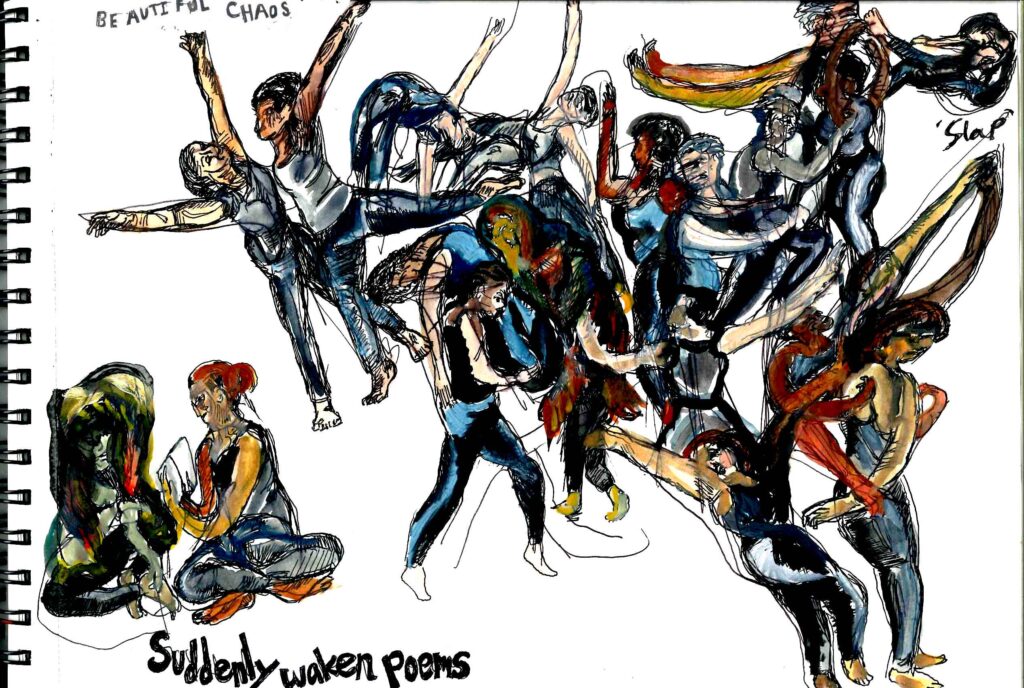
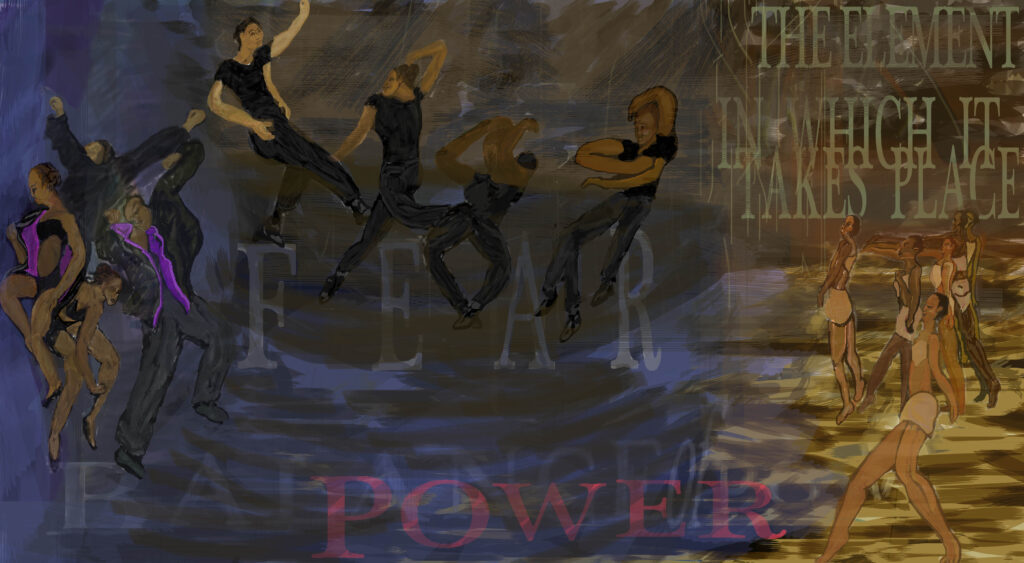
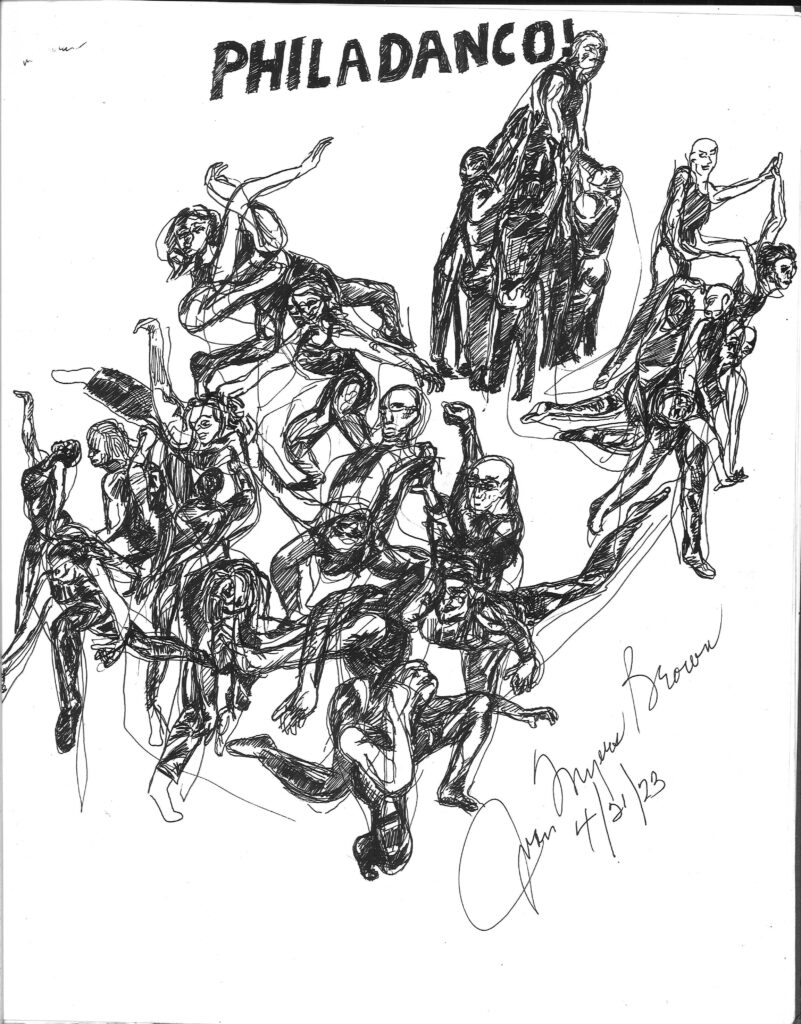
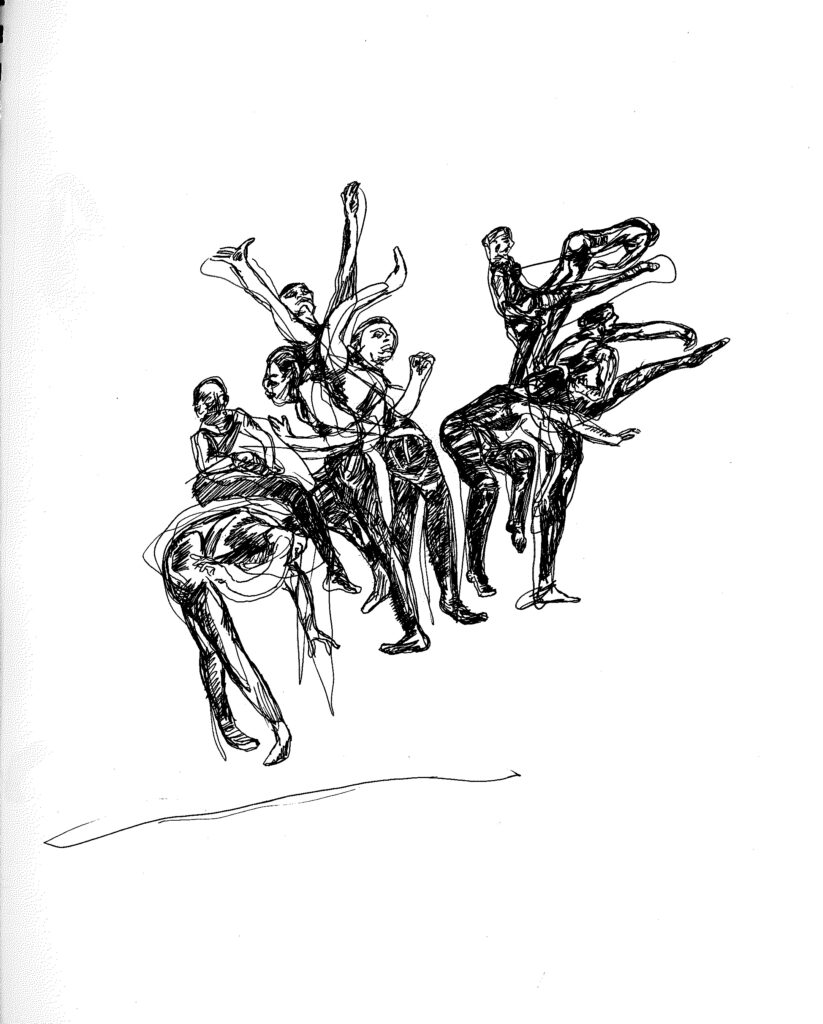
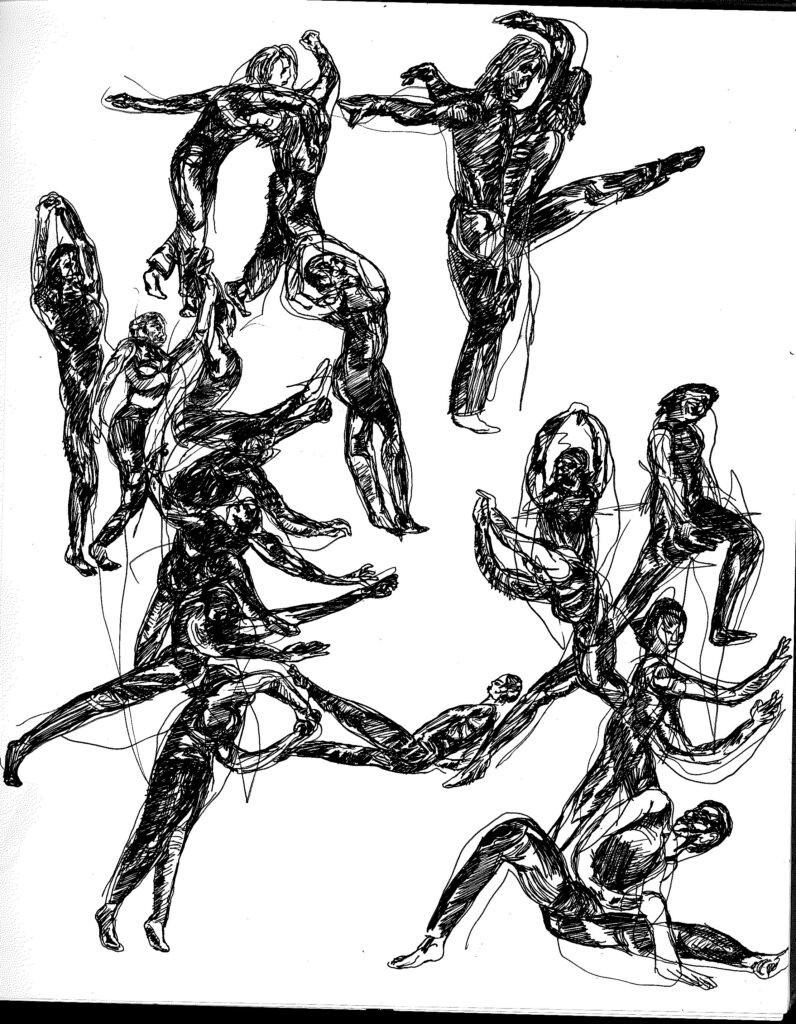
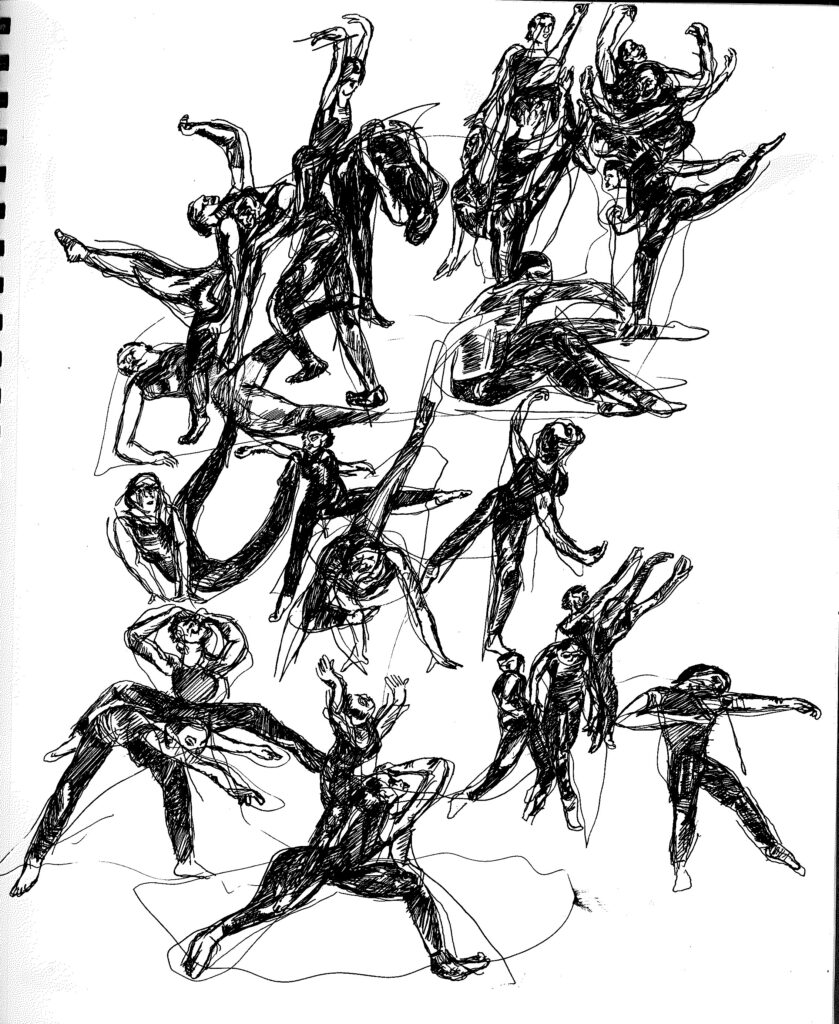
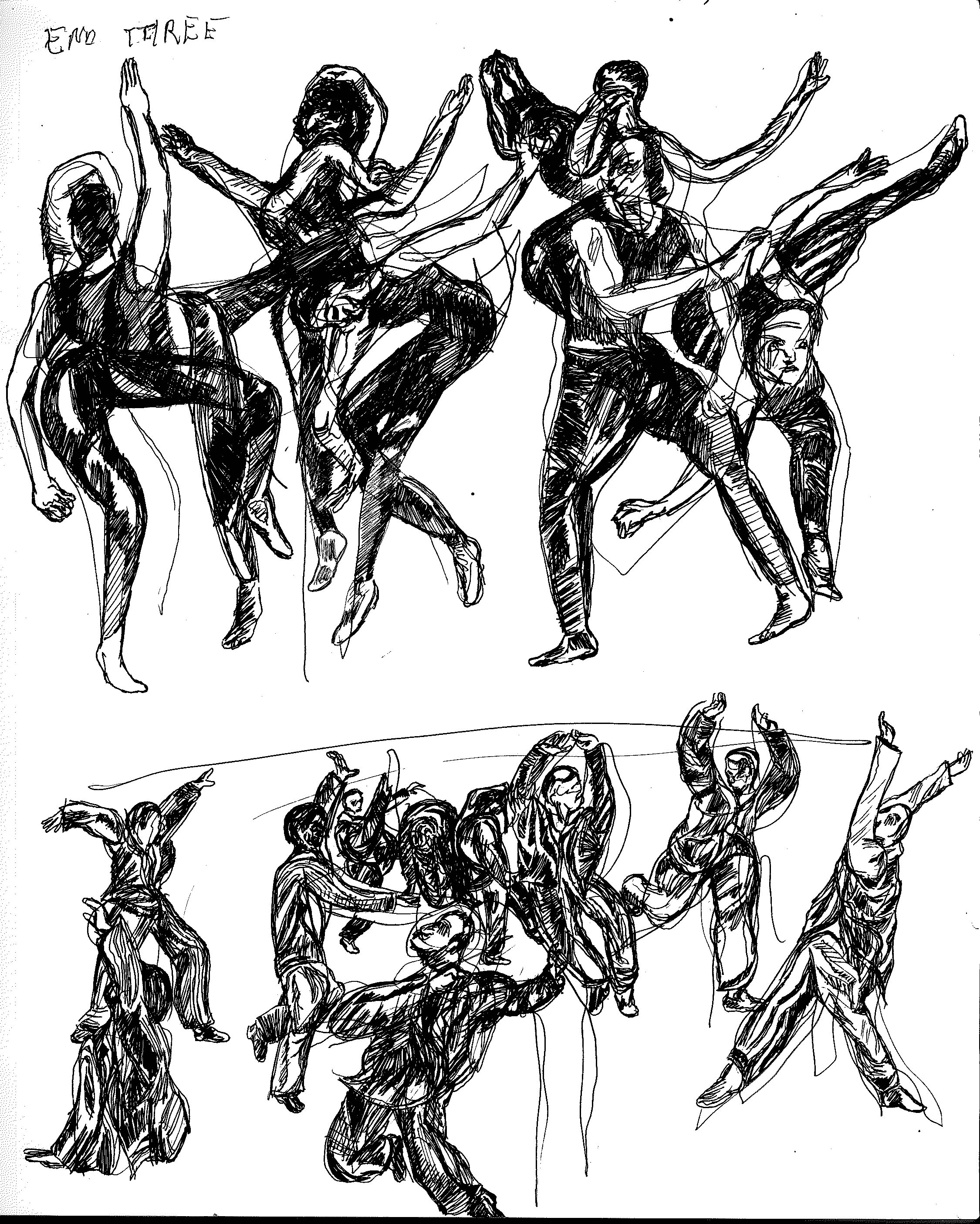

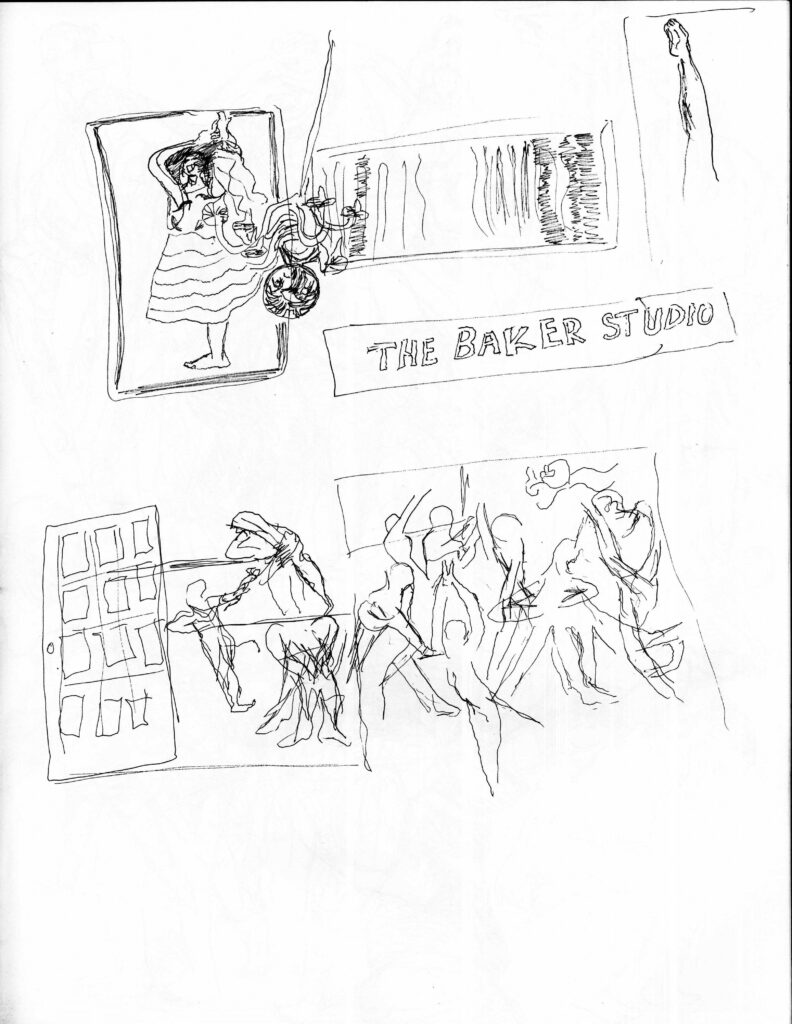
The State of Art in Modern Dance
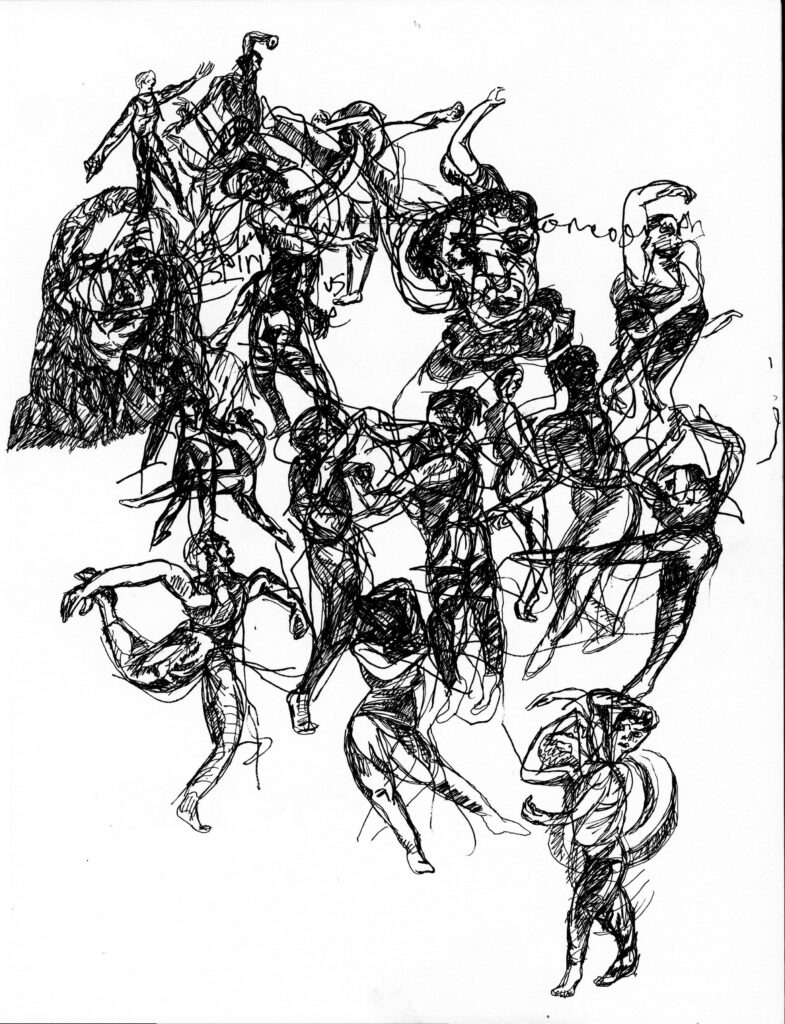
Examples from the rehearsals of INNER SUN, 2017. Koresh Dance, movement artists are working with techniques which exemplify the core values of choreographer, Ronnie Koresh. Live-Stream of Penn Live Arts Virtual season with the KUN-YANG LIN AND DANCERS, they took dance on film to a new standard. In solos and duets, emphasis on the dance artists with the choreographer, Kun-Yang Lin. And an important show for its anthropology background, ANNE-MARIE MULGREW AND DANCERS. In the presentation of PHILADANCO! there are athleticism and beauty combined.
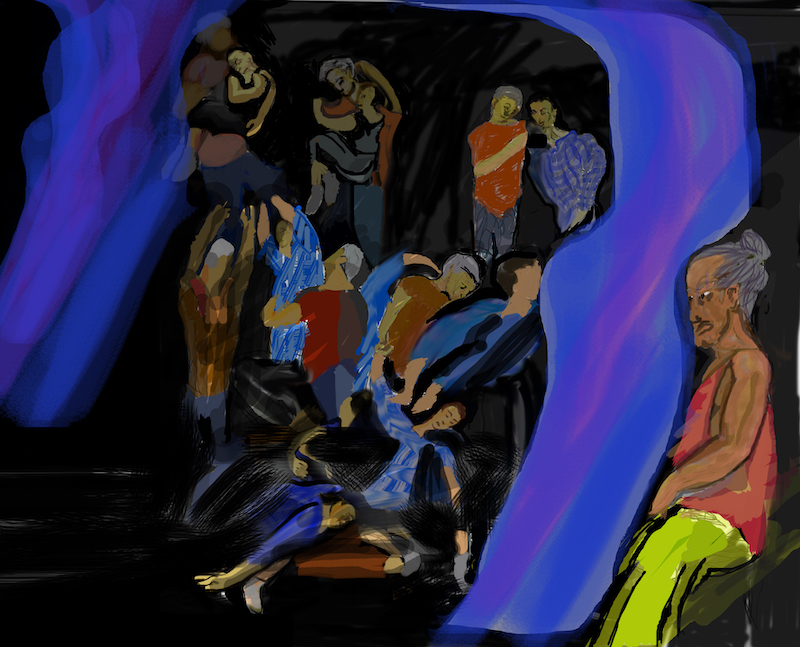
MUSE
2022 Modern Dance design for Koresh Dance. The Duet, Sweet Love and Tears, performed by Micah Gleason and Melissa Rector in rehearsal only days before the opening.

ANNE-MARIE MULGREW AND DANCERS COMPANY
Two Worlds [2024]
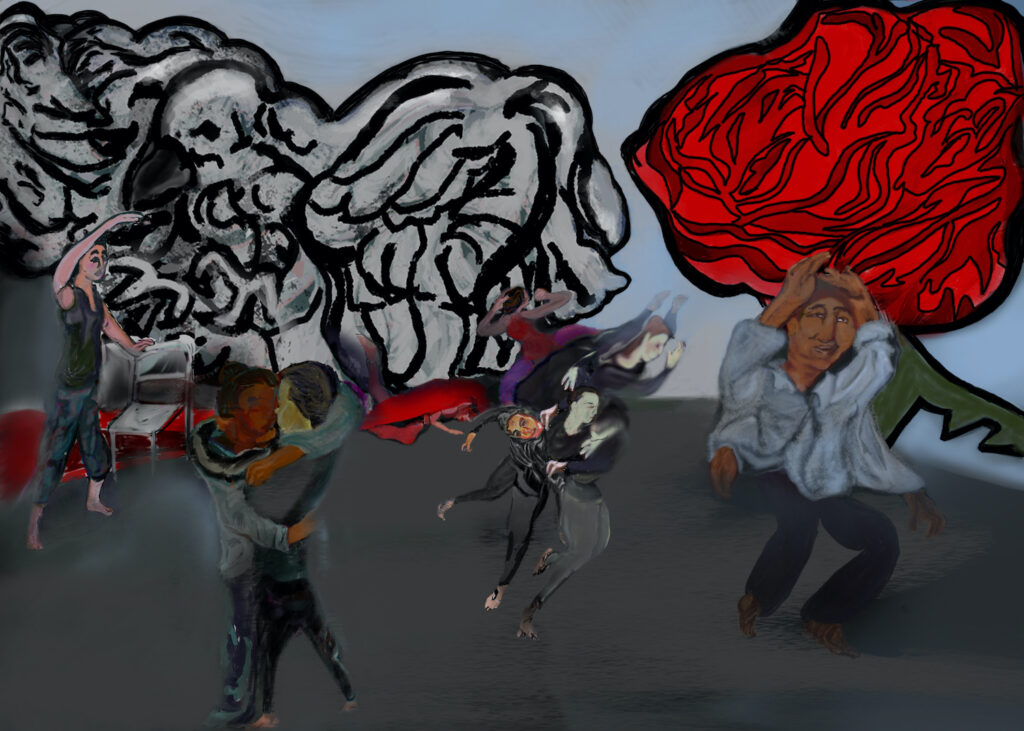
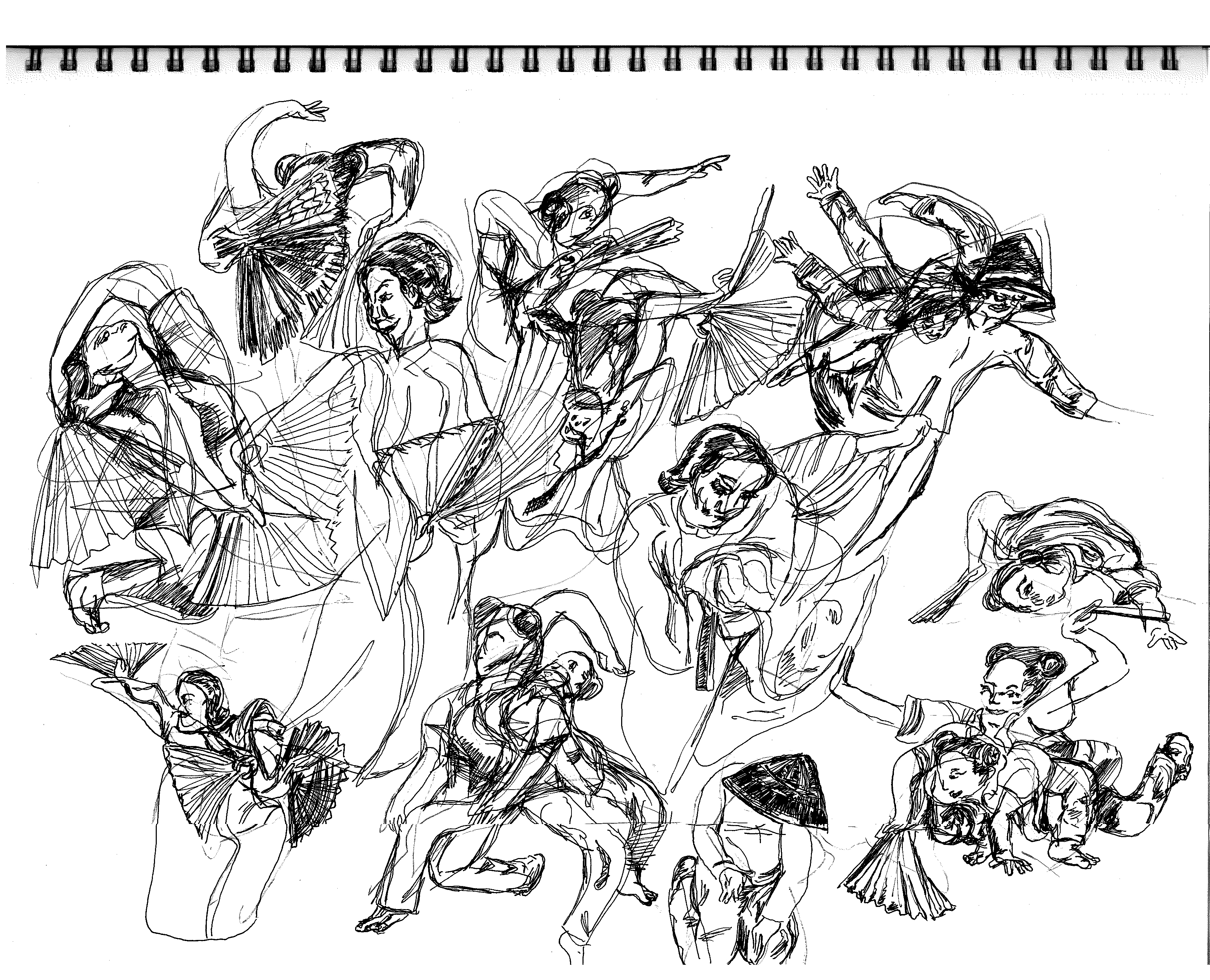
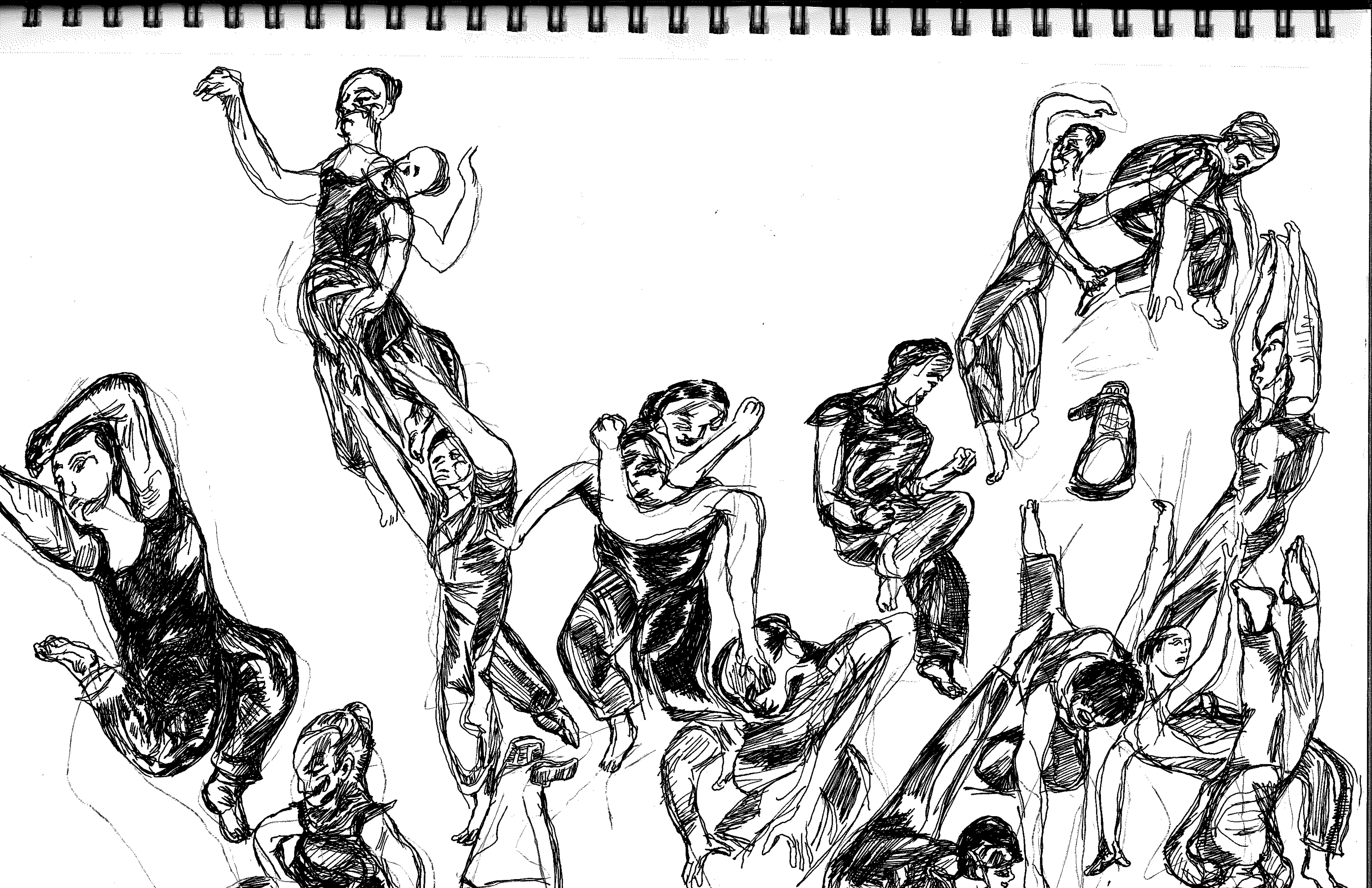
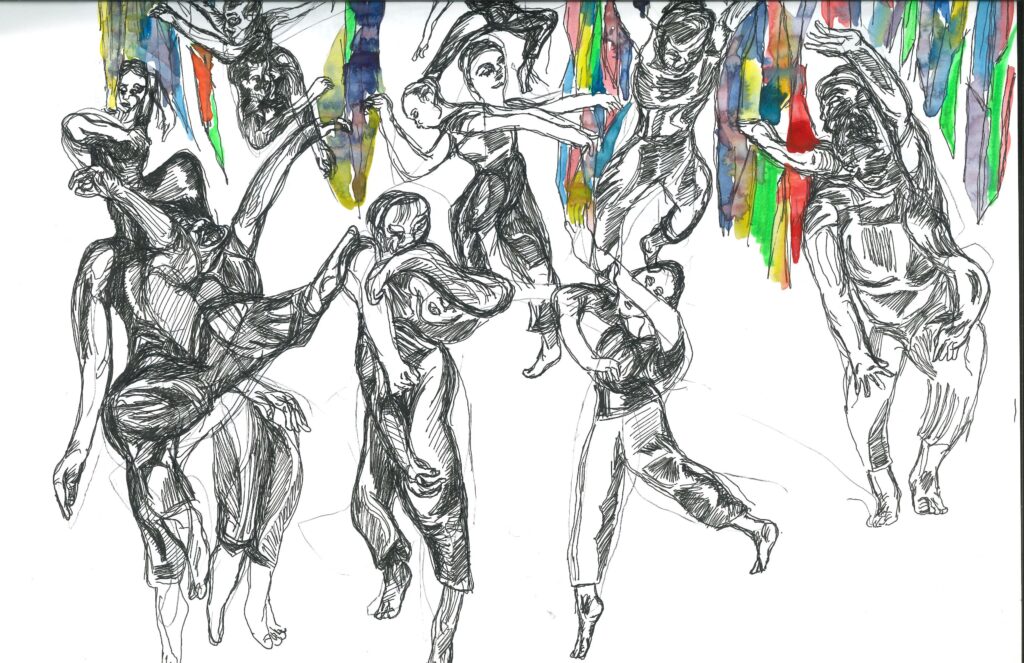
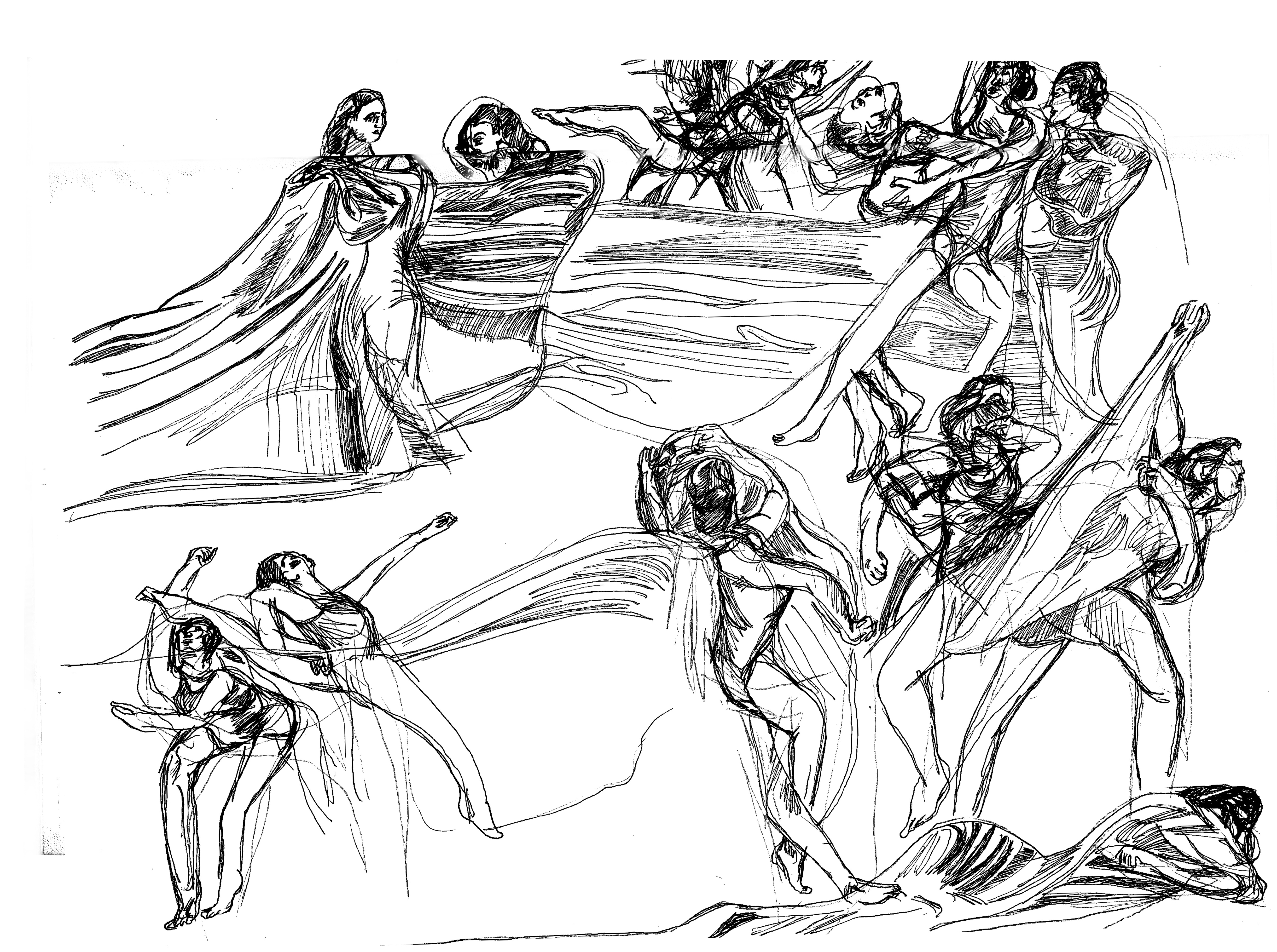
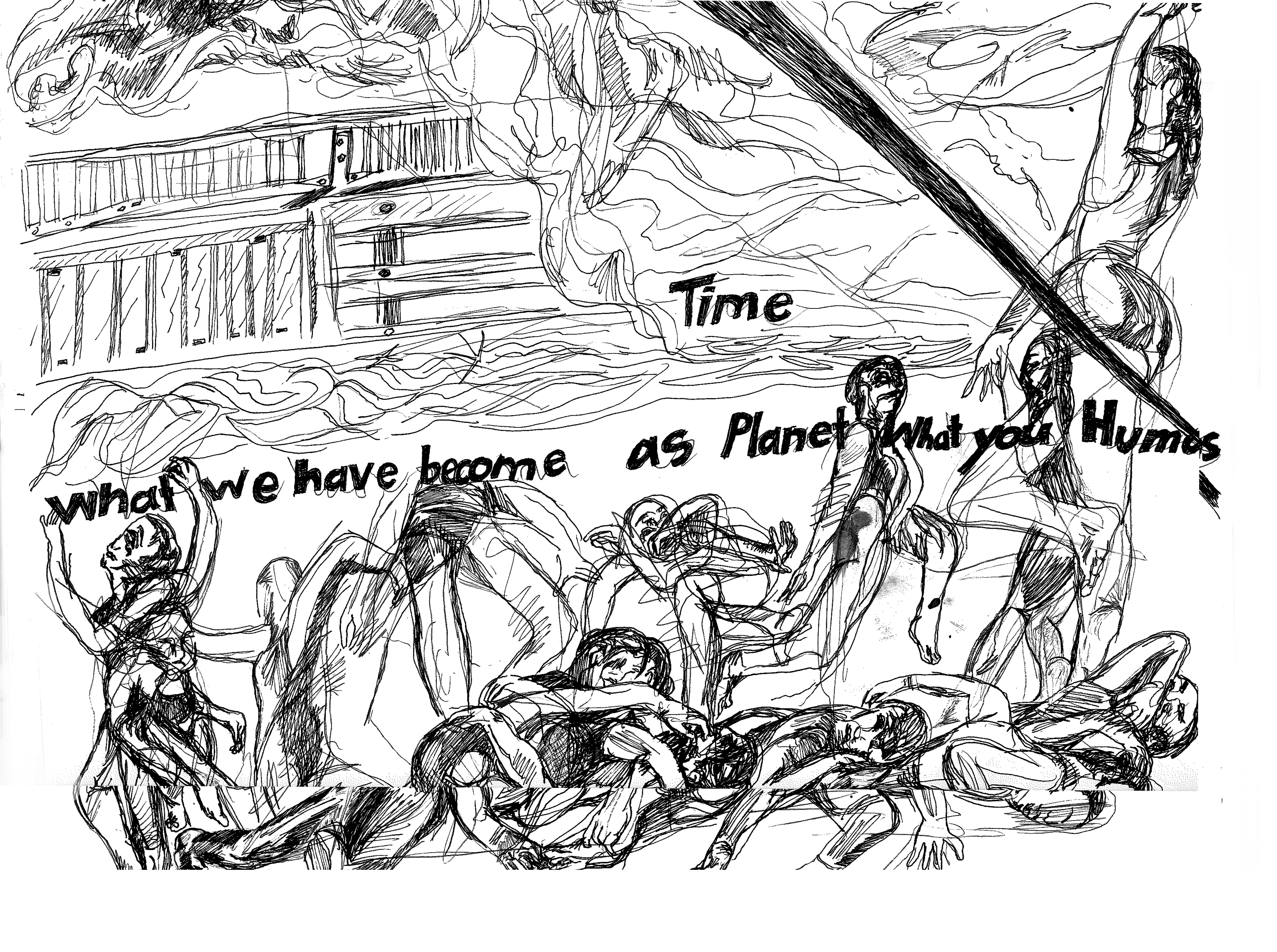
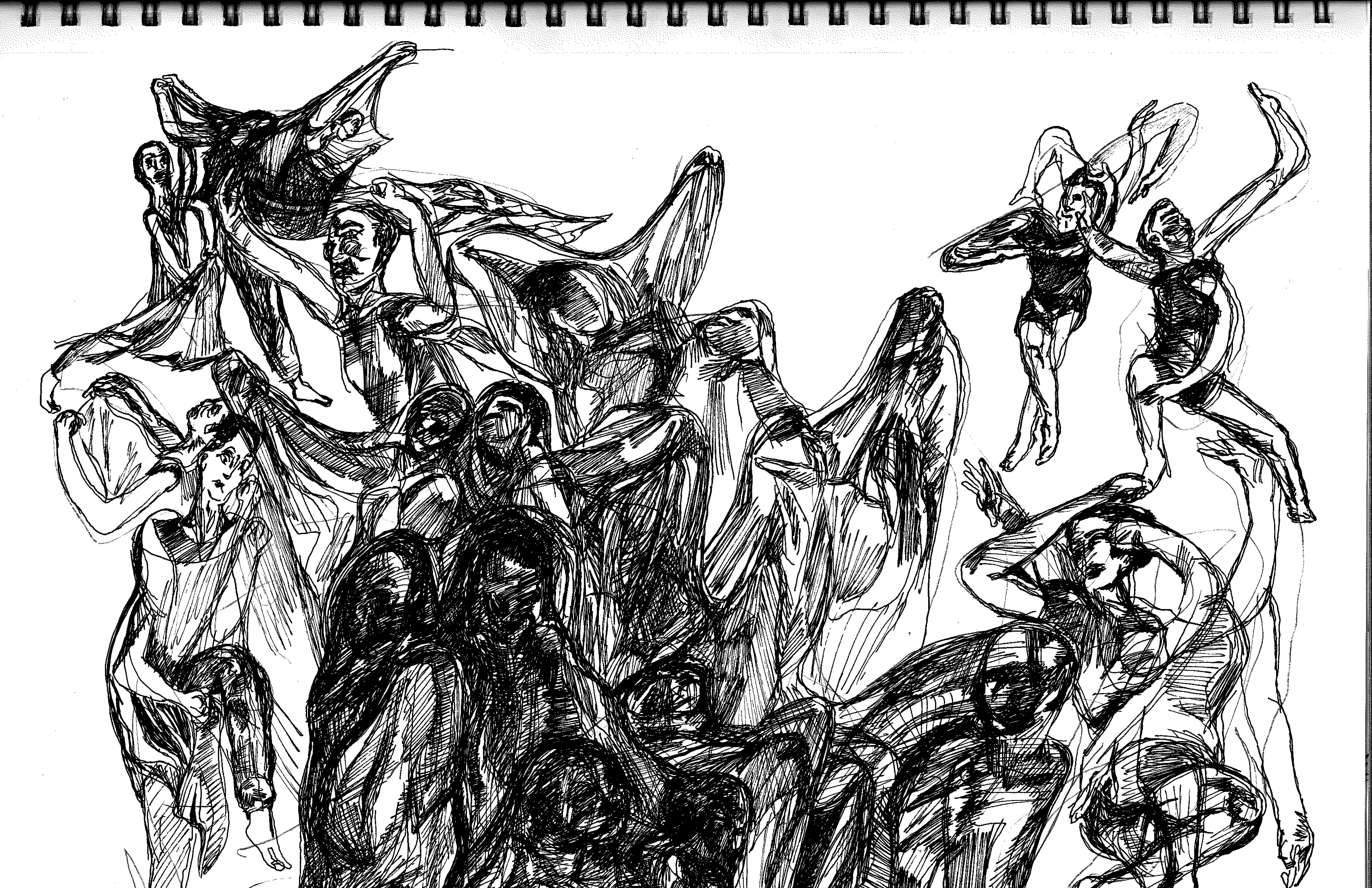
KYL/Dancers
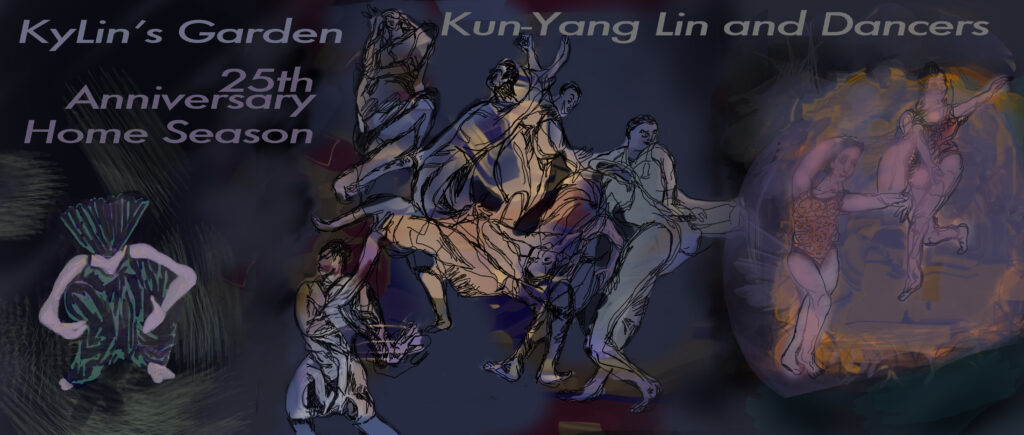
Digital designs from KYL/D 2023 Home Season Featuring WIND 2, TRACES OF BRUSH, and KYLIN’S GARDEN.
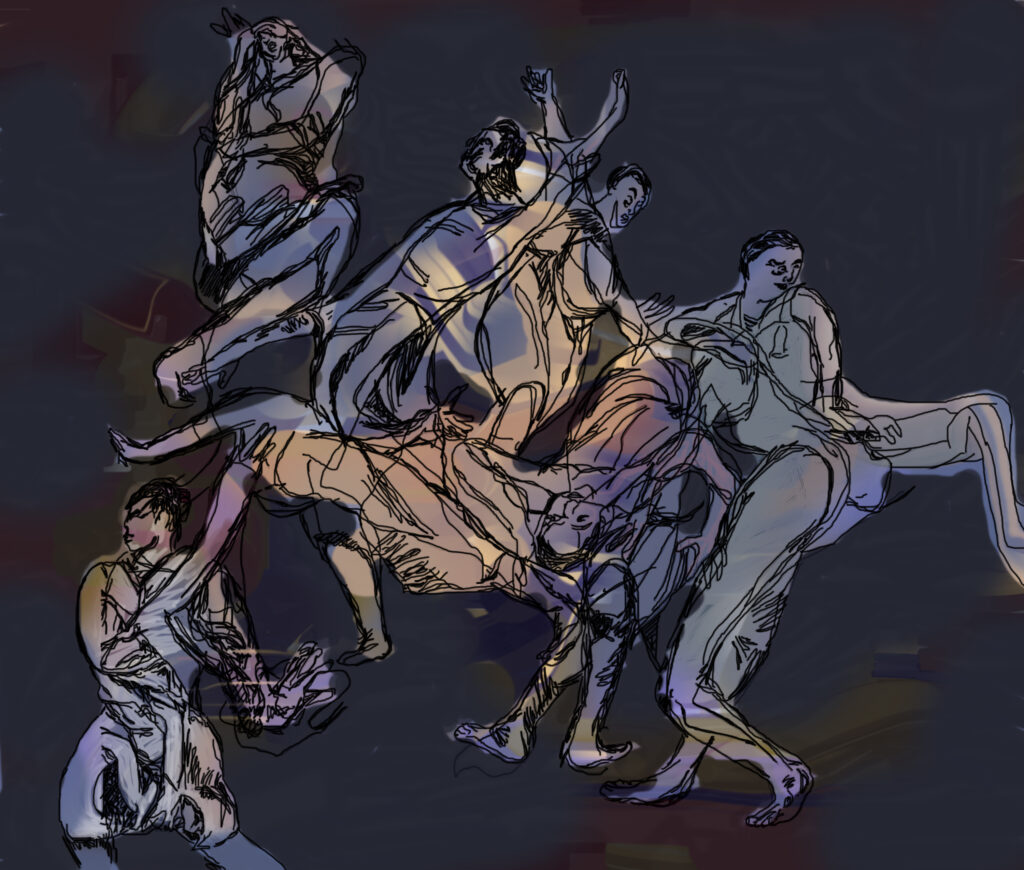
Wind 2
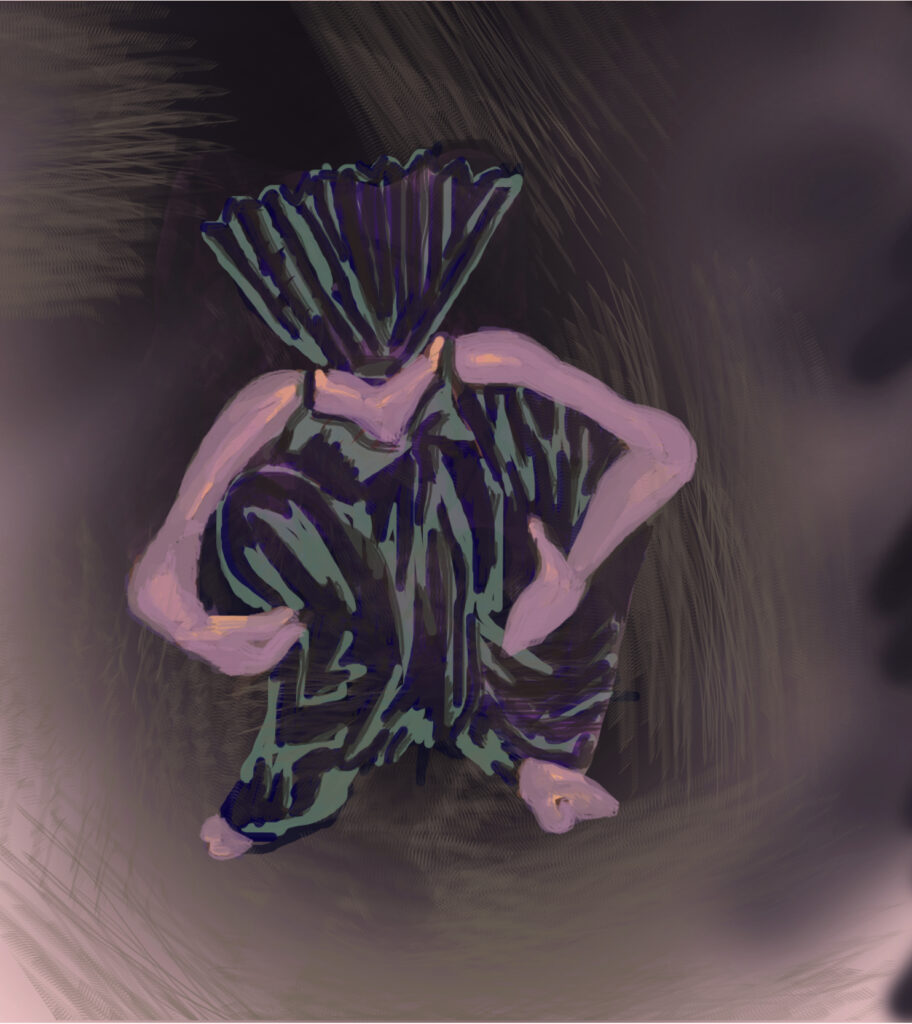
Traces of Brush
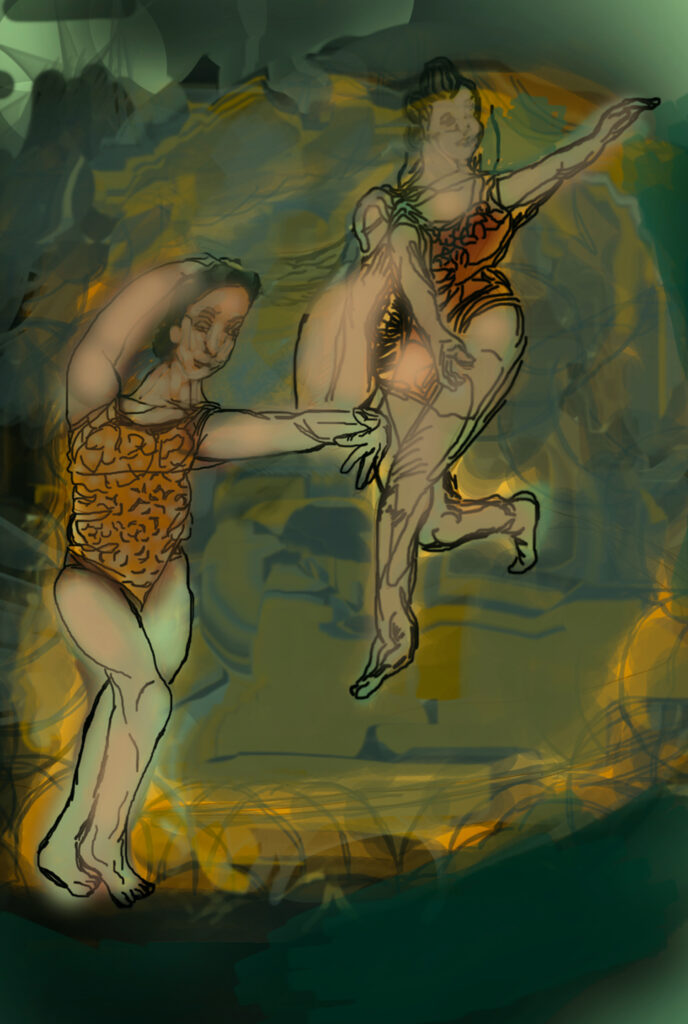
KyLin’s Garden
Questioning the art form: Dance on film with Kyle Abraham and the NYCBallet Coming Soon to David H. Koch Theater.
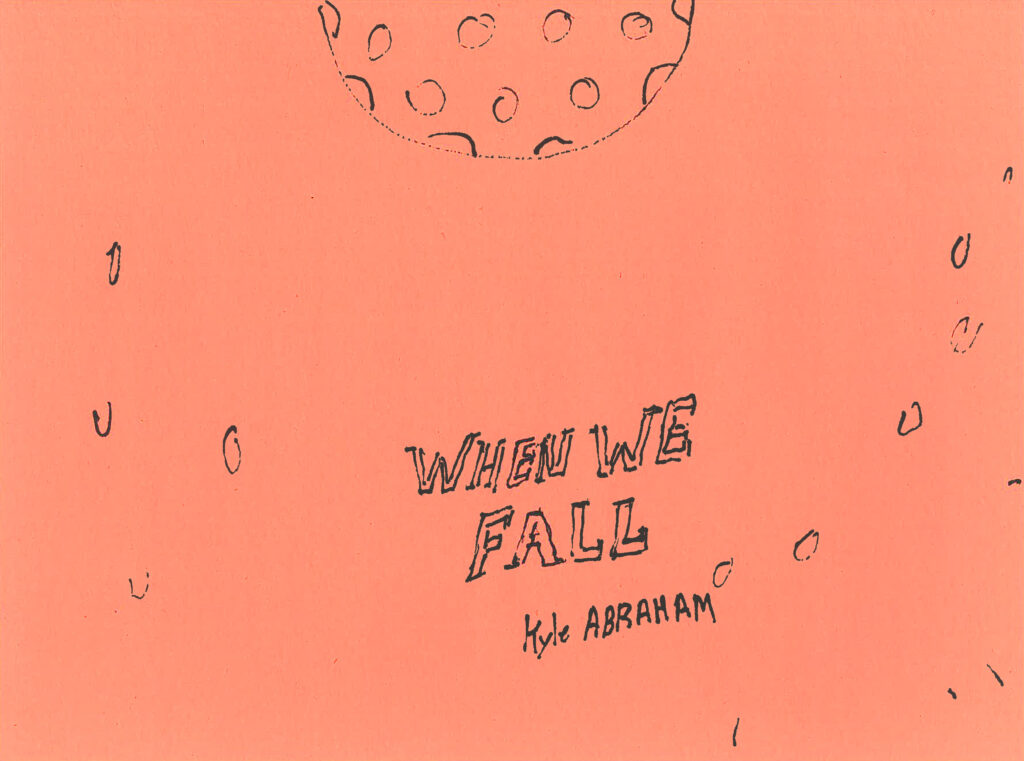
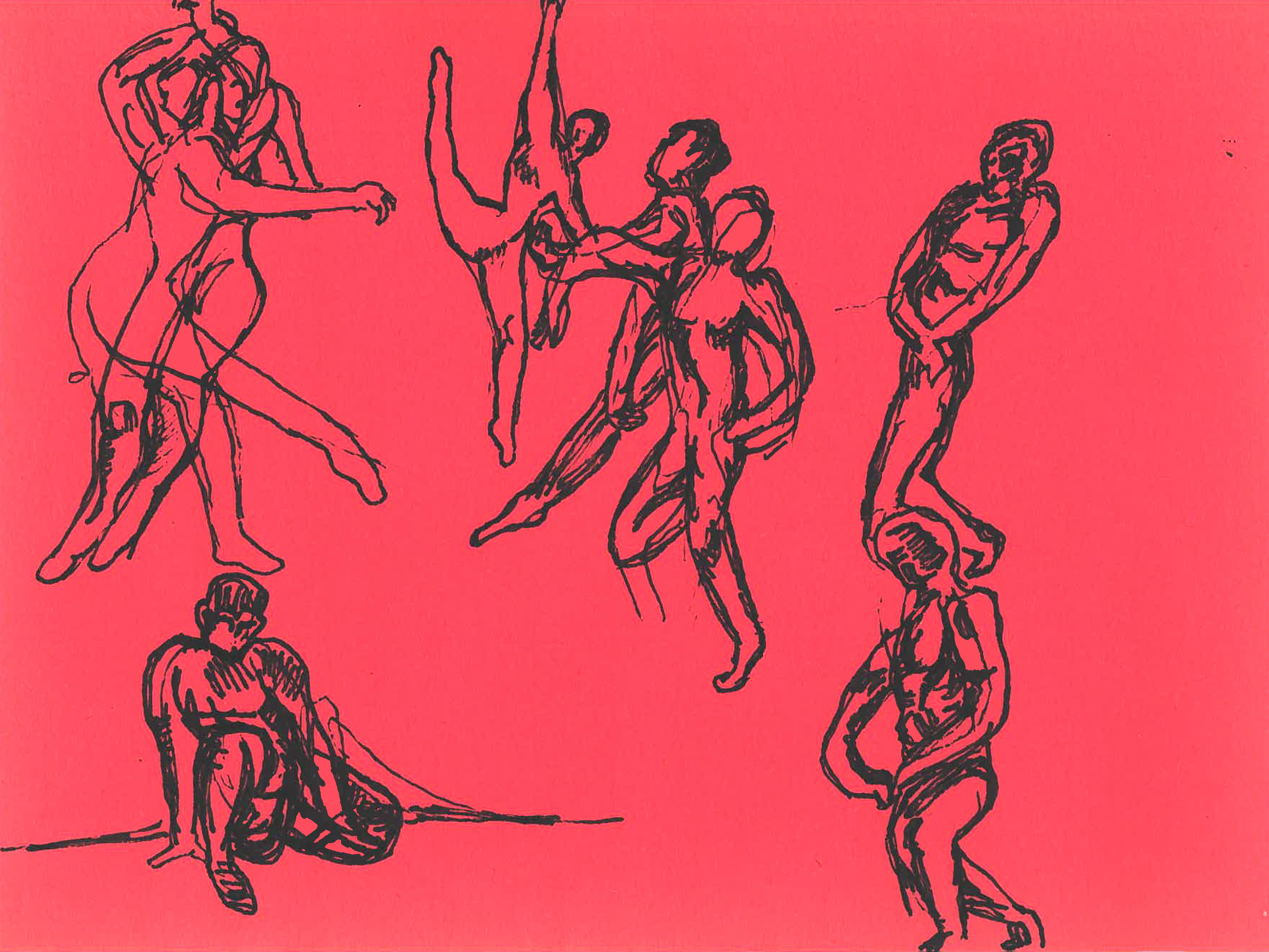
Kyle Abraham choreography for NYC Ballet 2021, “When We Fell.” Co-directed by Ryan Marie Helfant.
During This Time… NYCB created a bubble for its dancers at Kaatsban Cultural Park, Trivoli, New York. Where they prepared for the world premiere dance on film at David H. Koch Theater and promenade at Lincoln Center. The black and white film trajectory captured architecture, a climate (snowfall), temperatures with bodies heating up. Like particles under a microscope, elements changing, being in nature, with minimalism that put life on a spectrum of scale or tone. During this time, theaters went dark, and public gatherings were banned by surgeon general as a health risk of spreading Covid-19.
